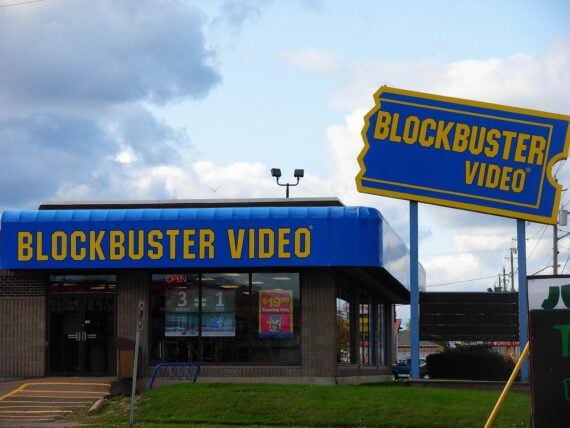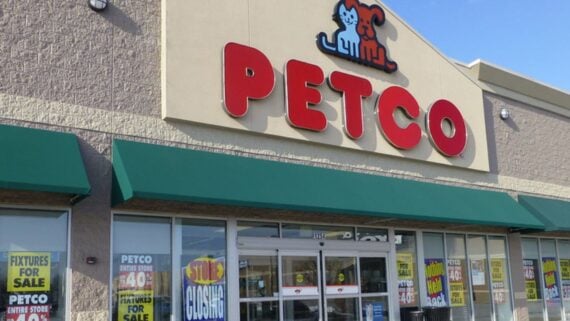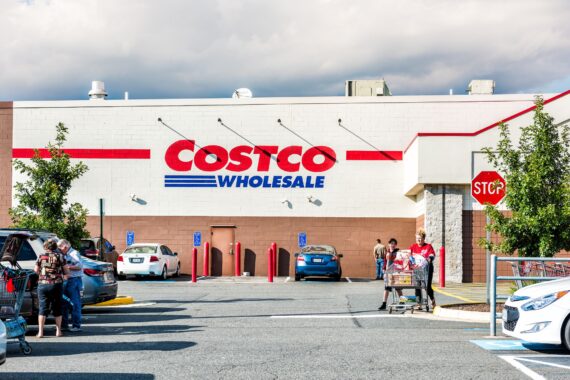Whether from changing consumer habits, the pandemic, or financial mismanagement, many well-known stores have closed in recent years. And the list is likely to grow. From Joann Fabrics to Borders, you may not realize how many retail stores went out of business.
Christine Clark and Jeff Rindskopf contributed to this report.
Joann Fabrics
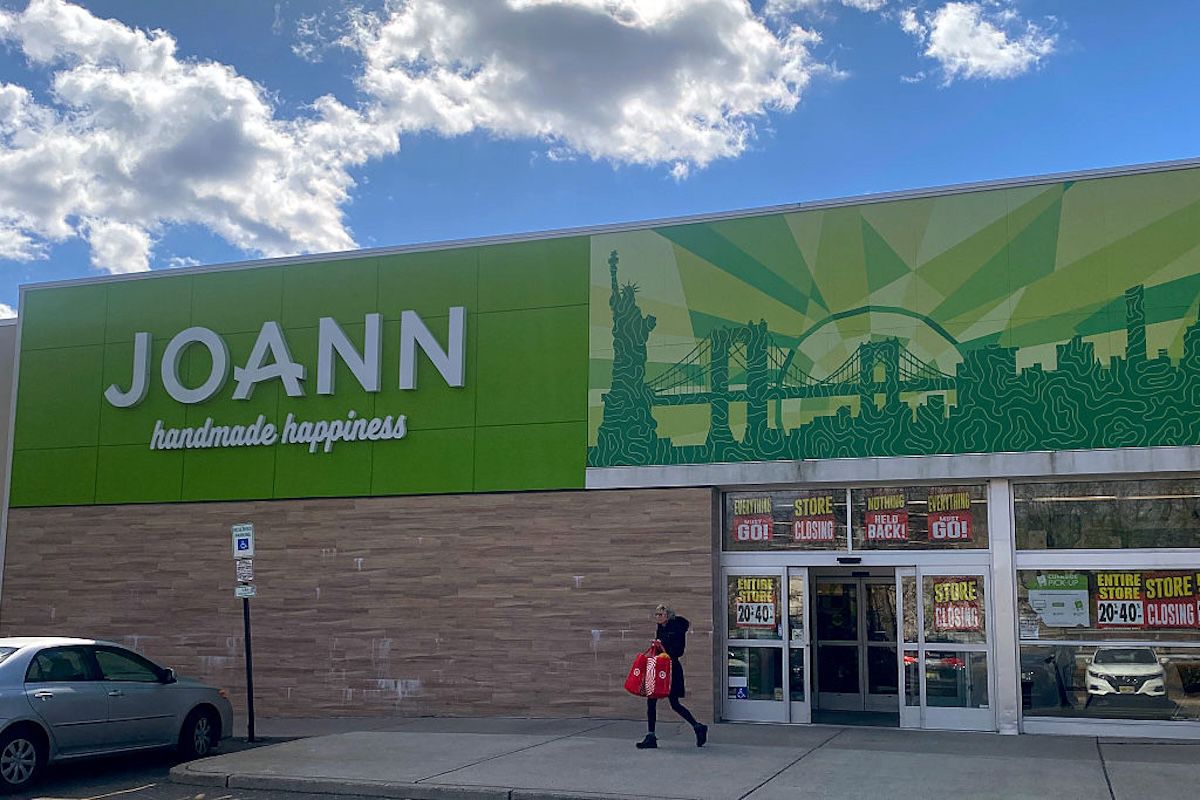
Joann Fabrics, the 80-year-old crafts and fabric supplier, closed all of its remaining stores in May 2025, ending its nearly century-long run as one of the country’s leading retailers in the space. Burlington is in the process of taking over 45 Joann locations, while other retailers such as Hobby Lobby and Boot Barn are reportedly eyeing former Joann storefronts.
Rite Aid
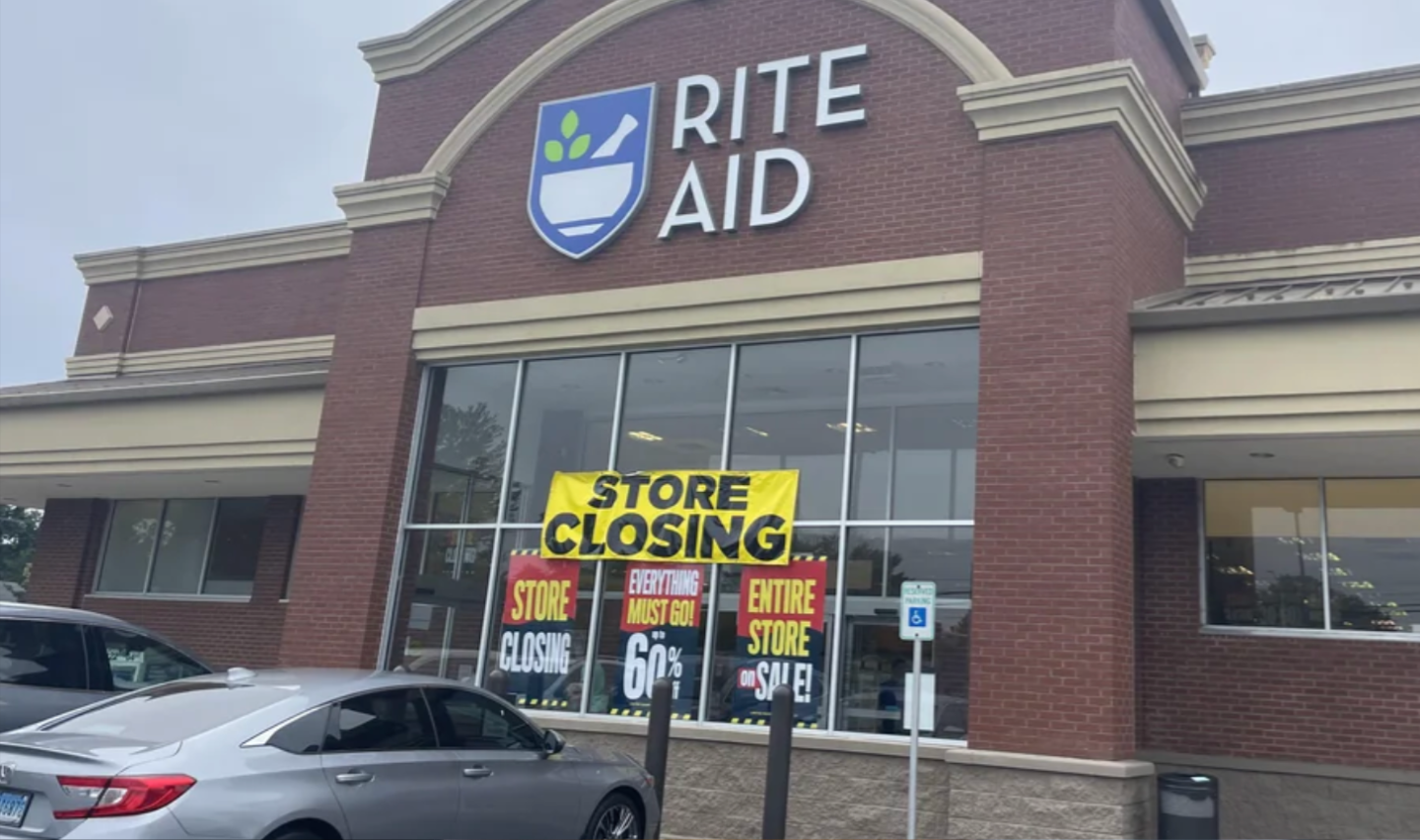
After 63 years in business, Rite Aid—once one of the country’s biggest pharmacy chains—shuttered all of its remaining locations in early October 2025, after filing for bankruptcy for a second time in May, according to CNN. Later that month, CVS announced that it would take over dozens of former Rite Aid and Bartell Drugs locations.
Lord & Taylor
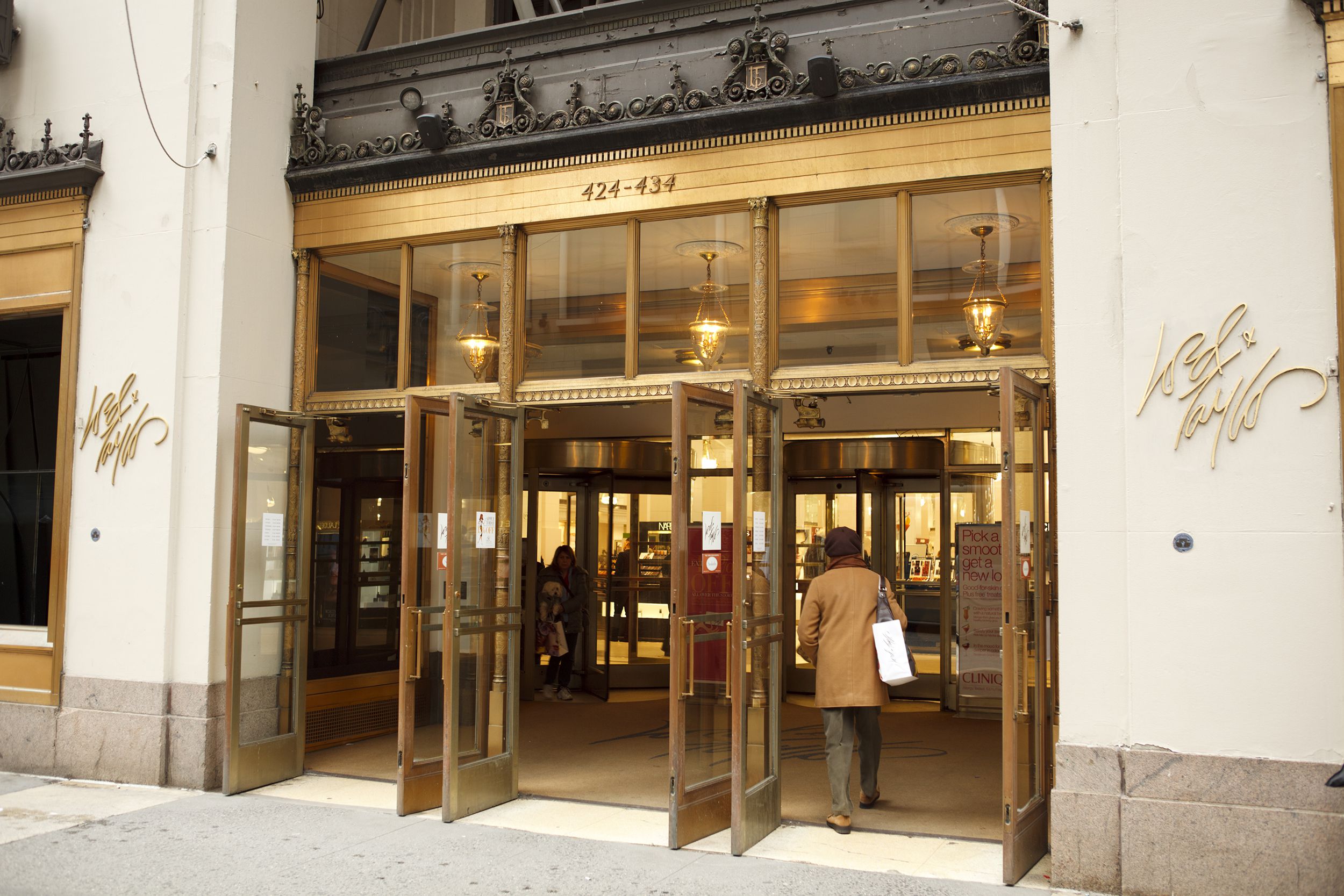
It was the beginning of the end for Lord & Taylor when the nation’s oldest department store sold its historic New York City flagship store for $850 million in 2017. But it wasn’t until August 2020 that the company filed for Chapter 11 bankruptcy and decided to pull the plug on all its stores, a reversal from a decision to keep at least some locations open. Liquidation sales at all 38 stores officially ended the chain’s storied 194-year run.
Kaufmann’s Department Store
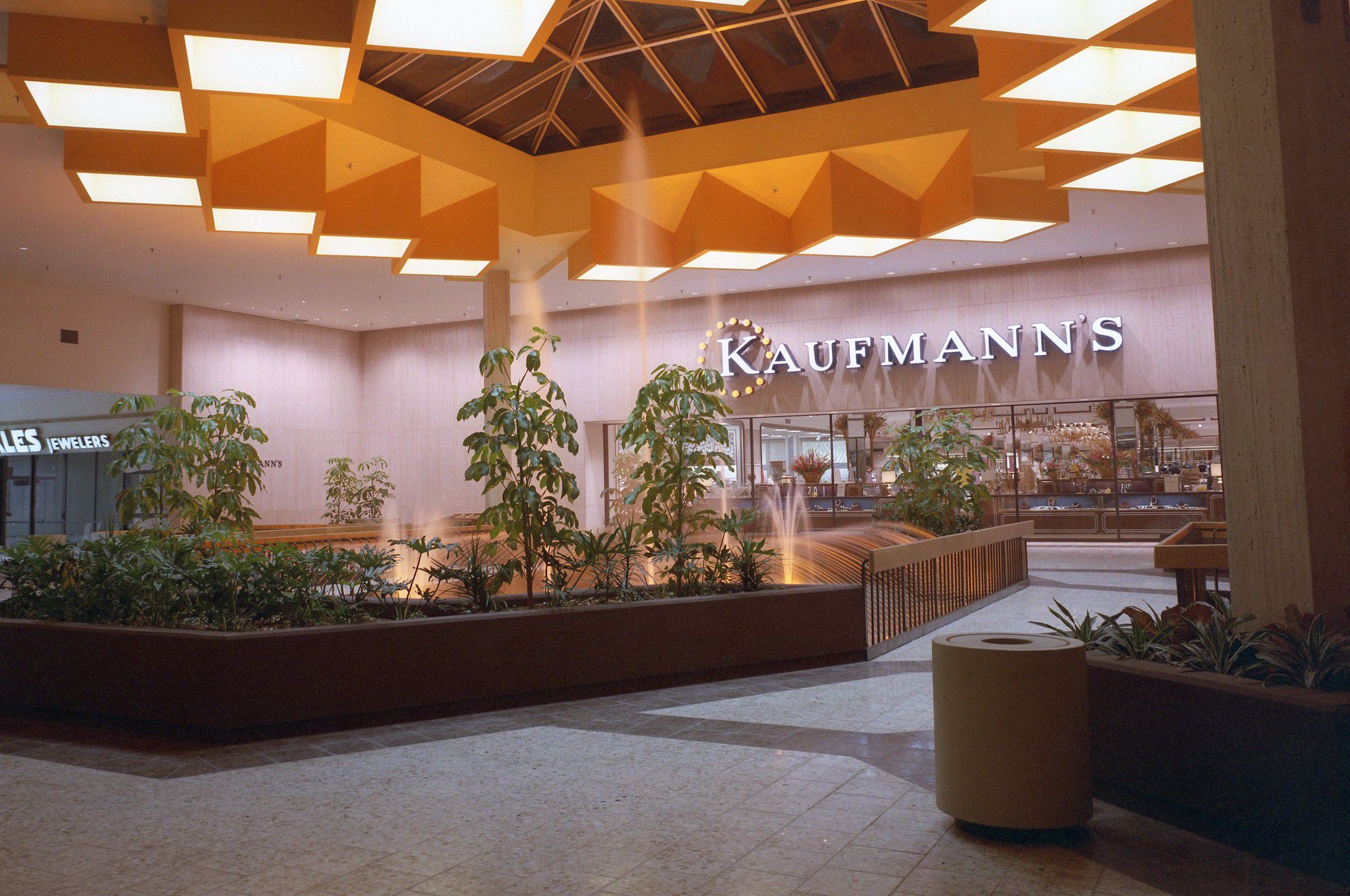
Kaufmann’s was once “one of the most important department stores in the United States,” as one newspaper put it in the early 20th century. At its height, the regional chain operated 59 stores and was a veritable institution, with its ornate Pittsburgh flagship store serving as a local landmark and meeting place. But as with many once-famous retailers, Macy’s absorbed Kaufmann’s in 2005.
Pier 1 Imports
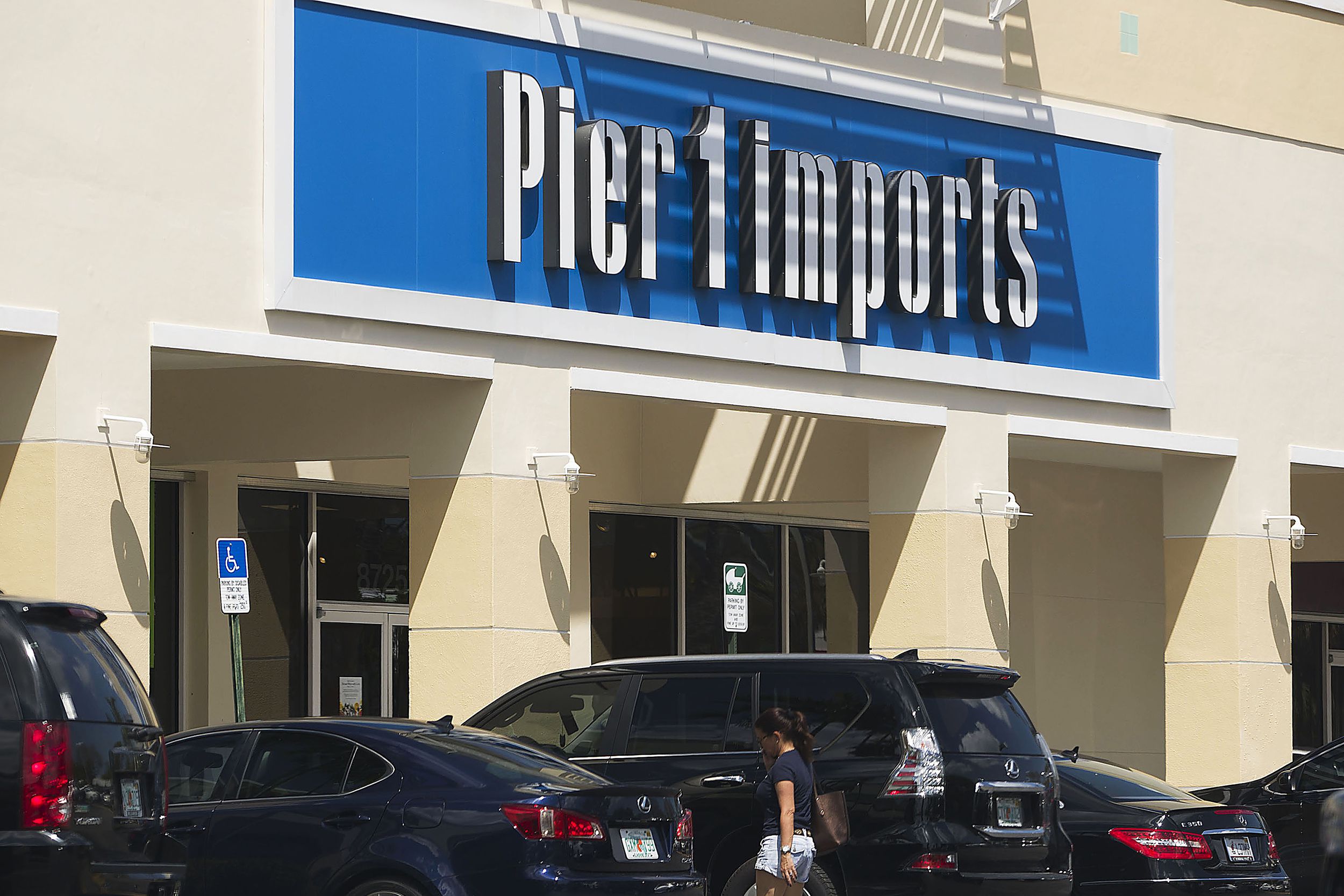
Pier 1 declared bankruptcy in 2020, right before the pandemic had fully taken hold, and the company hoped to find a buyer to breathe life into the struggling chain of home-goods stores. But Pier 1 said a few months later that it would close all stores and liquidate instead, partially blaming the “uncertainty of a post-COVID world.” It now exists as an online-only retailer.
Trending on Cheapism
Fry’s
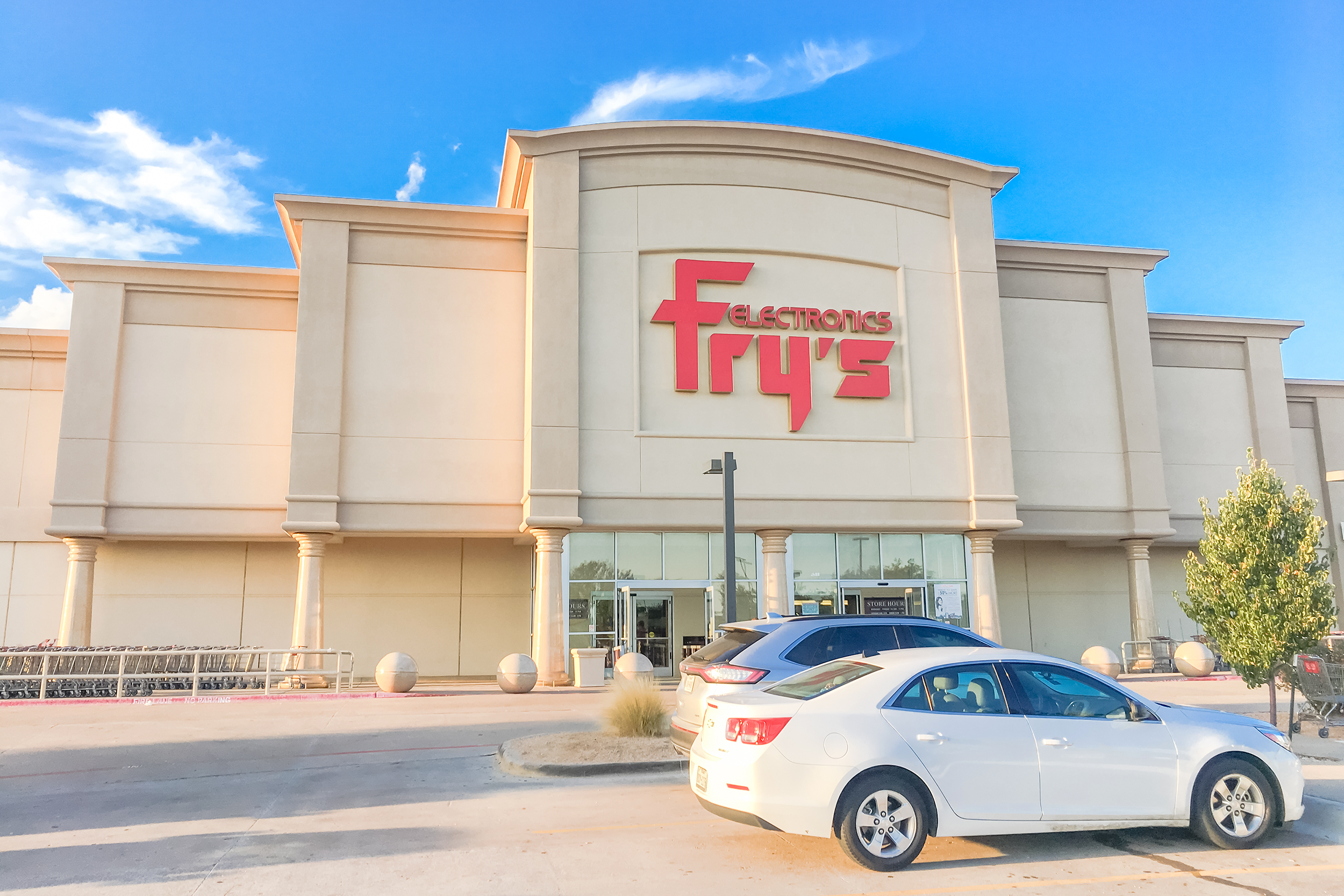
This iconic electronics retailer went out not with a bang but a whimper, closing all of its remaining locations overnight in February 2021 after four decades in business. The chain, known for its crazy-themed stores, had long fought a losing battle against behemoths like Amazon and Best Buy, but it also cited the pandemic as a reason for the sudden shutdown.
Sam Goody
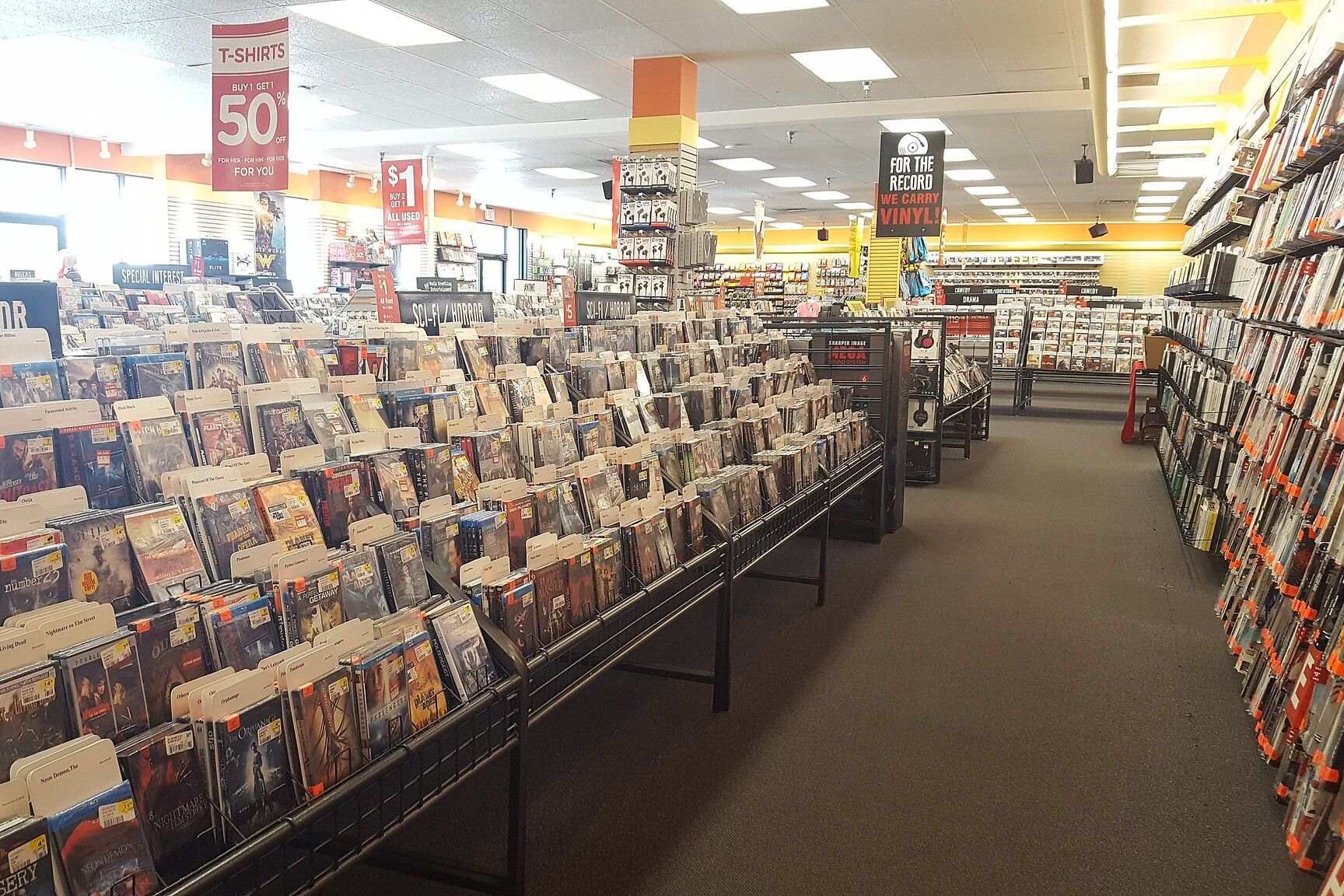
Before the days of Spotify and Apple Music, Deadheads, Beatlemaniacs, and other fans headed to stores like Sam Goody to get their rock ‘n’ roll fix. But like most record stores that have closed in the last 20 years, the Minneapolis-based retailer couldn’t survive the turn to digital music in the 2000s. Still, Sam Goody hung on for as long as possible with acquisitions from Best Buy and Sun Capital Partners, which kept it going until 2012, when most of its stores closed or were converted to brands like FYE.
Catherine’s
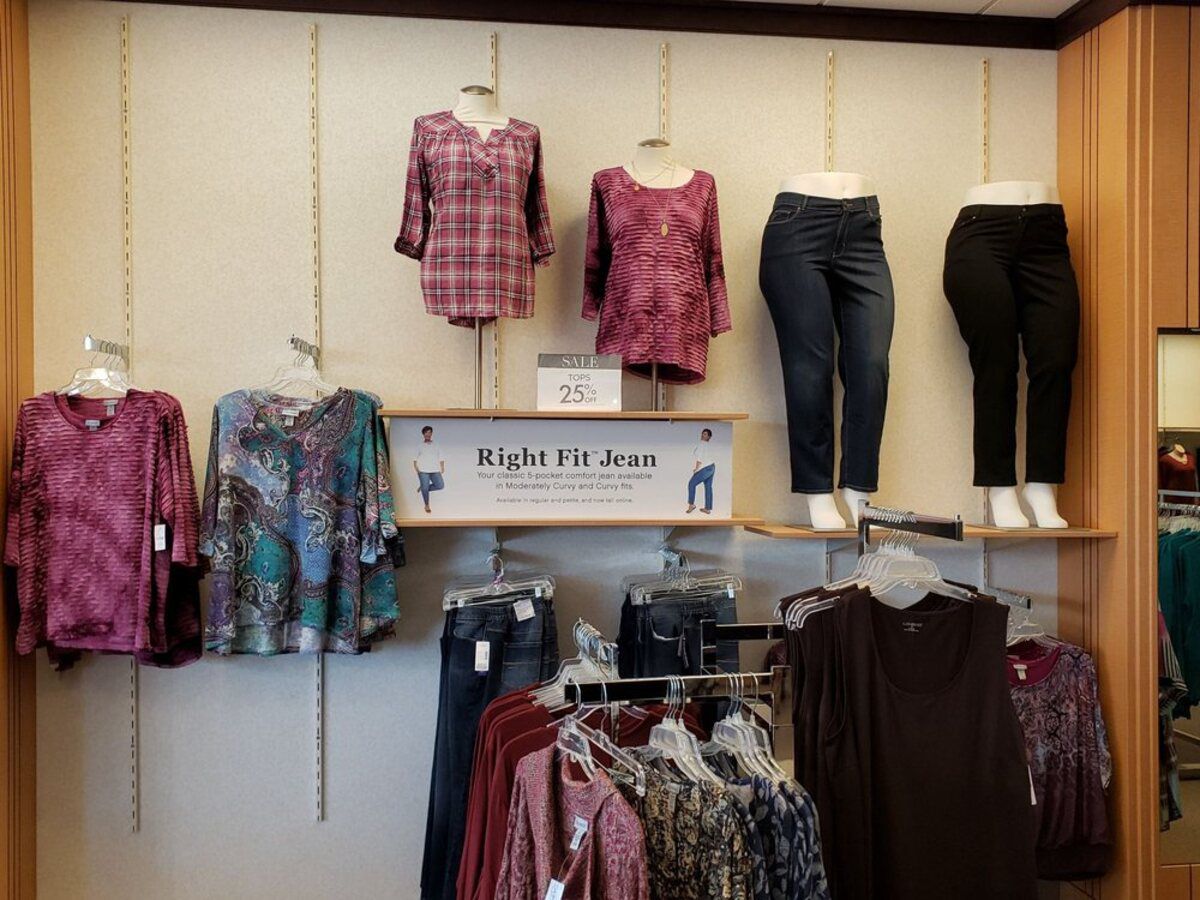
One of the nation’s best-known plus-size retailers, Catherine’s was dealt a major blow when parent company Ascena filed for bankruptcy in 2020. Ascena closed all Catherine’s stores as part of its reorganization, choosing to focus on Lane Bryant, Loft, and Ann Taylor instead. FullBeauty, a company that owns several other plus-size brands, purchased Catherine’s and is now operating the store online.
Sign up for our newsletter
Stein Mart
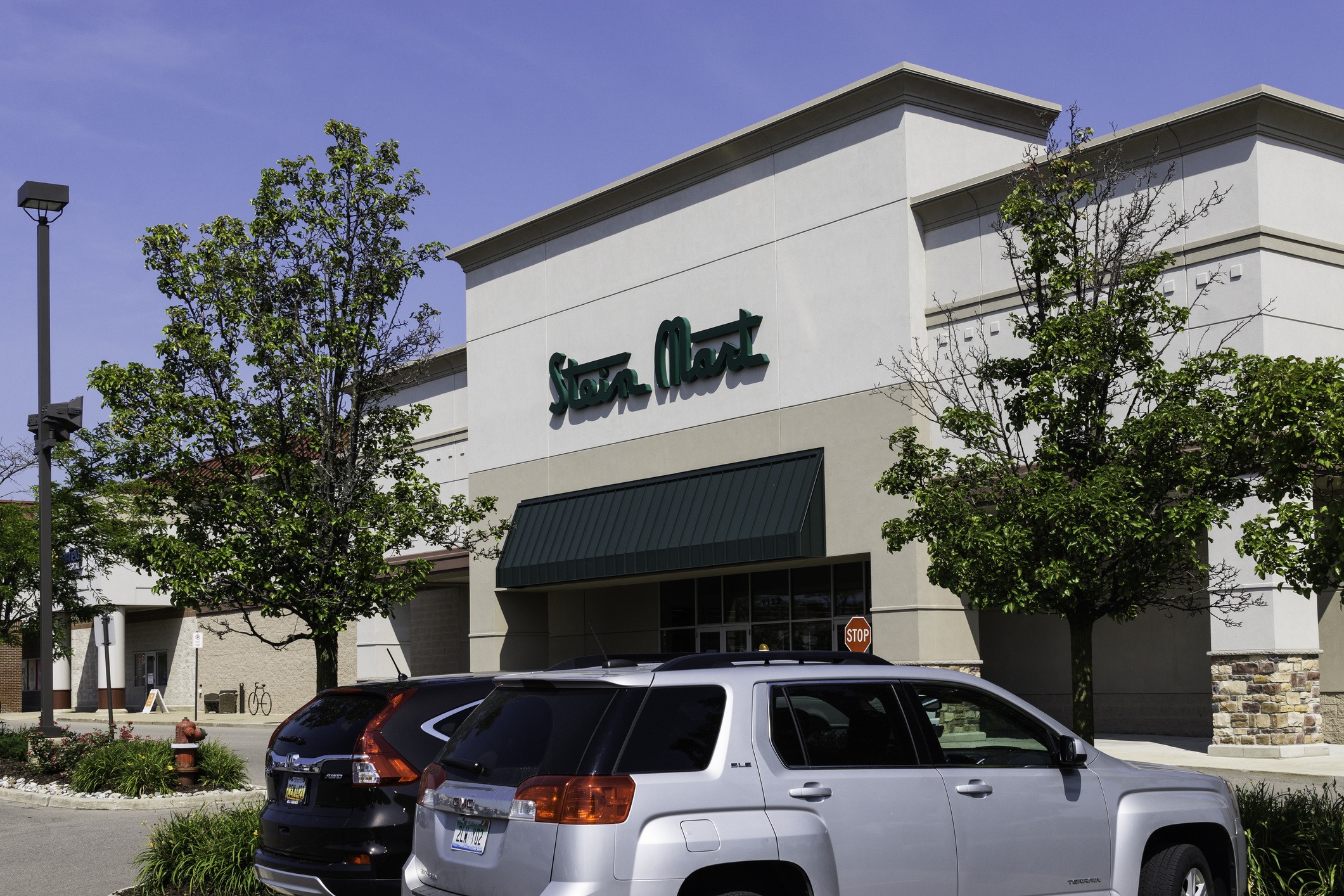
Discounter Stein Mart was in the process of being sold to a private equity firm when the pandemic hit, disrupting what was supposed to be a turnaround plan. The chain sought government aid to stay afloat for some of 2020 but filed for Chapter 11 bankruptcy, citing “significant financial distress” caused by both COVID-19 and customers’ changing buying habits. All of its 300 stores have closed.
New York & Co.
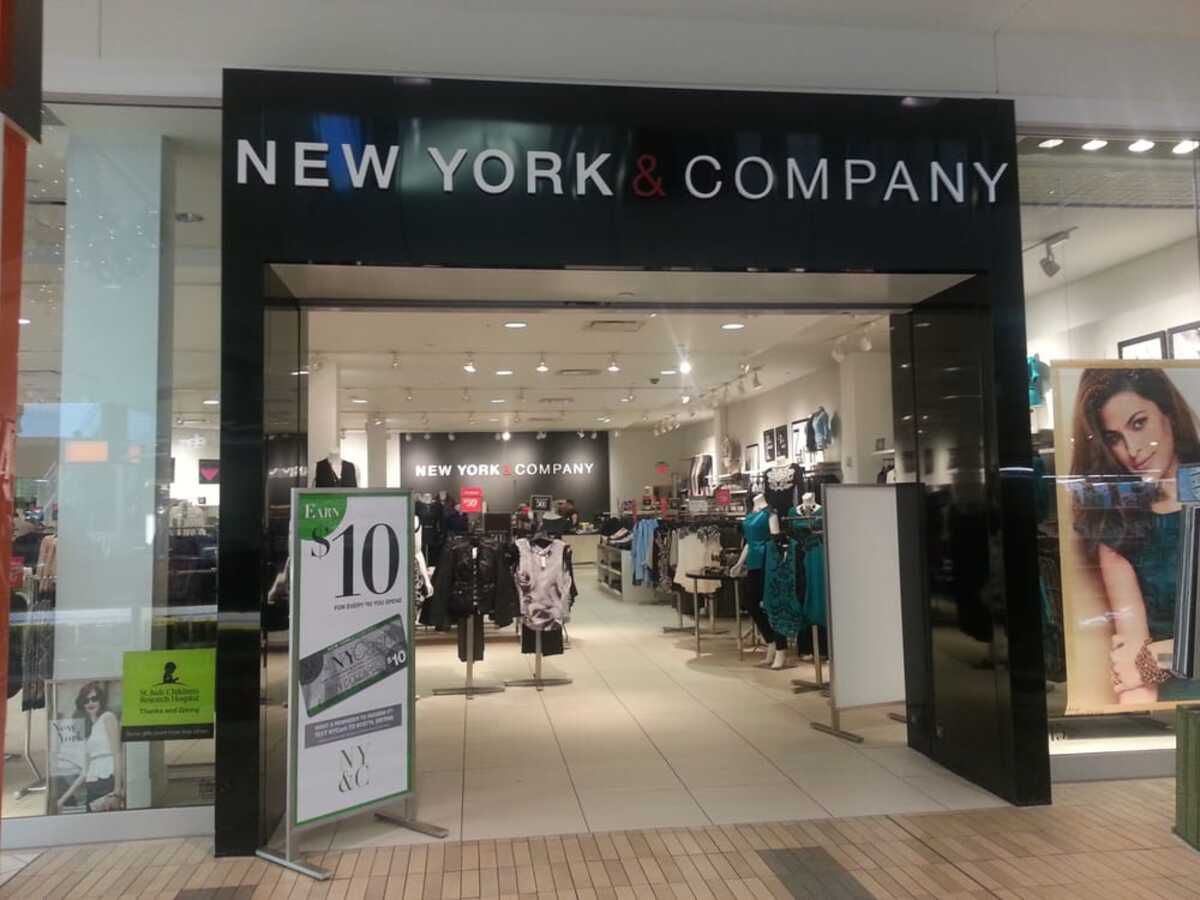
RTW Retailwinds, the parent company of women’s fashion retailer New York & Co., filed for bankruptcy in 2020 after losing millions and defaulting on payments to landlords and vendors in the wake of COVID-19 closings. The company has shut down all of its nearly 380 stores, and sold its e-commerce business to Sunrise Brands.
Stage Stores

Rural America needs to shop, too, and it could do that at Stage Stores, which favored small-town locations over larger metros that already had plenty of retail outlets. Part department store, part discounter, Stage ran a host of chains, including Goody’s, Palais Royal, Peebles, and Gordmans. All liquidated and shut down in summer 2020, after the pandemic dealt an insurmountable blow to business.
Modell’s Sporting Goods
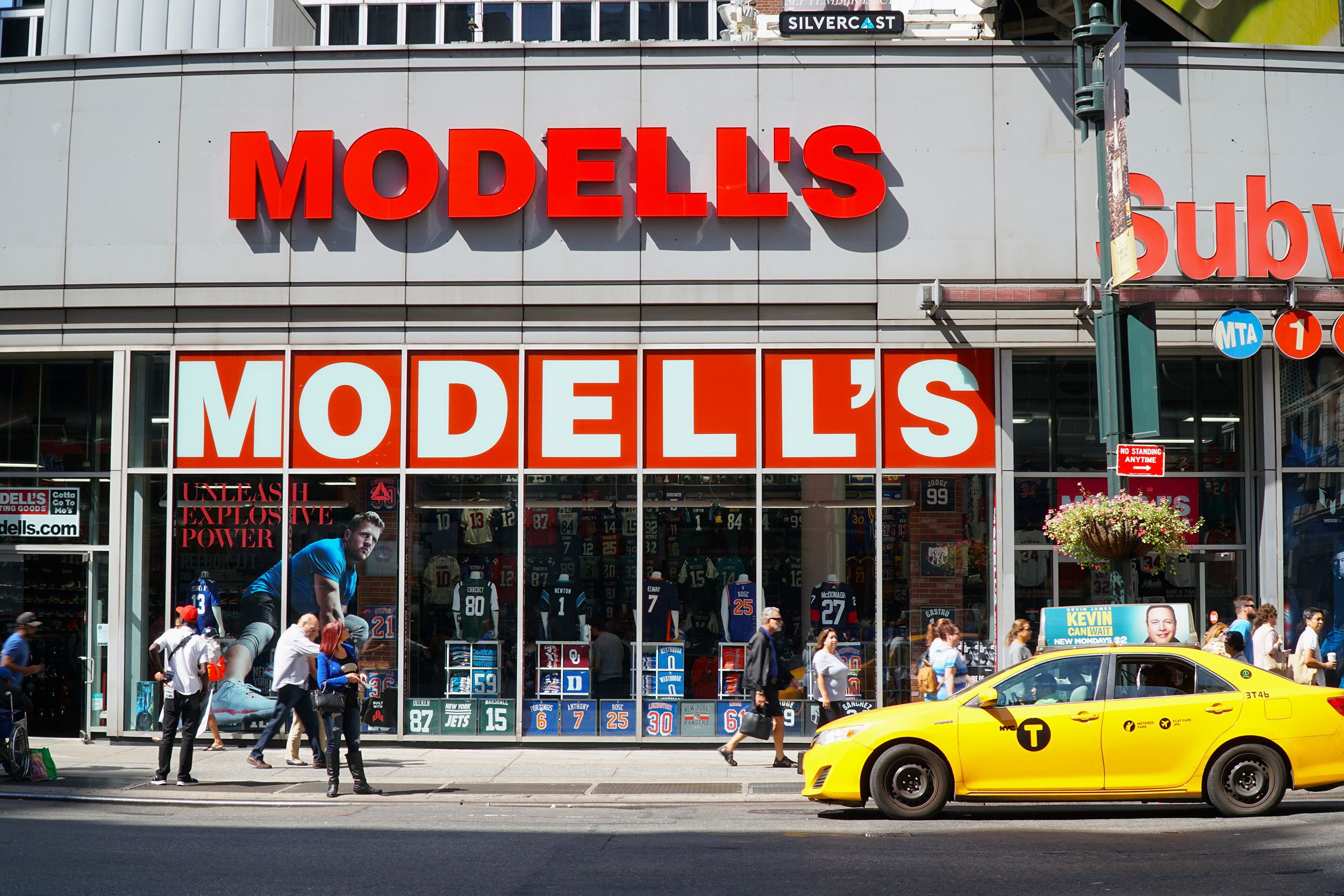
After more than 130 years in business, Modell’s Sporting Goods filed for Chapter 11 early last year after attempts to sell the chain were unsuccessful. Modell’s had been suffering on several fronts, including a decline in youth sports, stiffer competition from big-box stores, and the rise of ecommerce. The pandemic forced the chain to pause going-out-of-business sales at its more than 150 stores, but they eventually resumed in the summer of 2020.
Art Van Furniture

This prominent Midwestern furniture and mattress chain filed for Chapter 11 bankruptcy in early March of 2020, just before pandemic lockdowns began. Hurt by online competitors including Wayfair, plus other factors like furniture tariffs, rapid expansion, and executive turnover, the company decided to liquidate and close all of its nearly 170 stores.
Papyrus
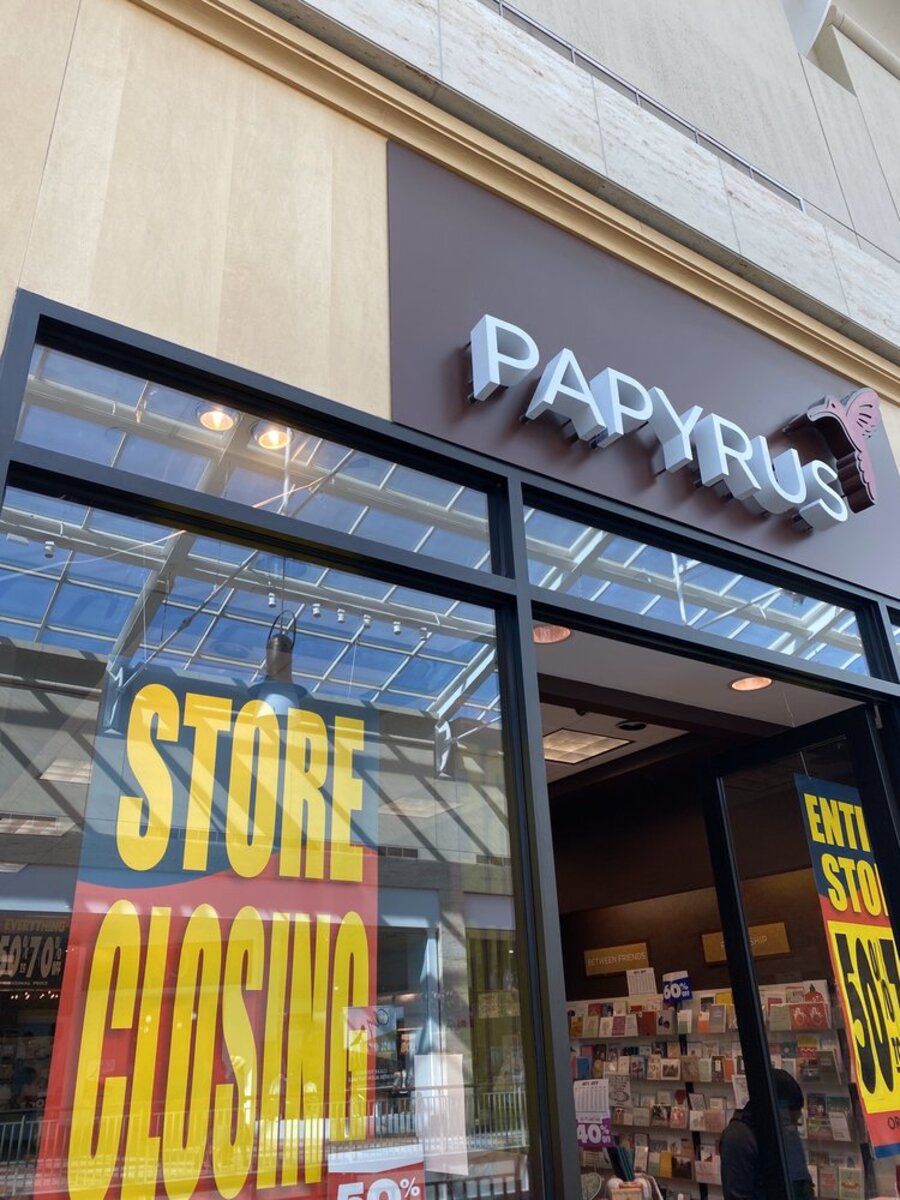
Though this stationery chain still has a modest online presence, all of its more than 250 physical locations closed in early 2020 after parent company Schurman Retail Group filed for bankruptcy. The mainly mall-based retailer had expanded dramatically in the previous decade, a move that at odds with falling foot traffic in its stores.
A.C. Moore
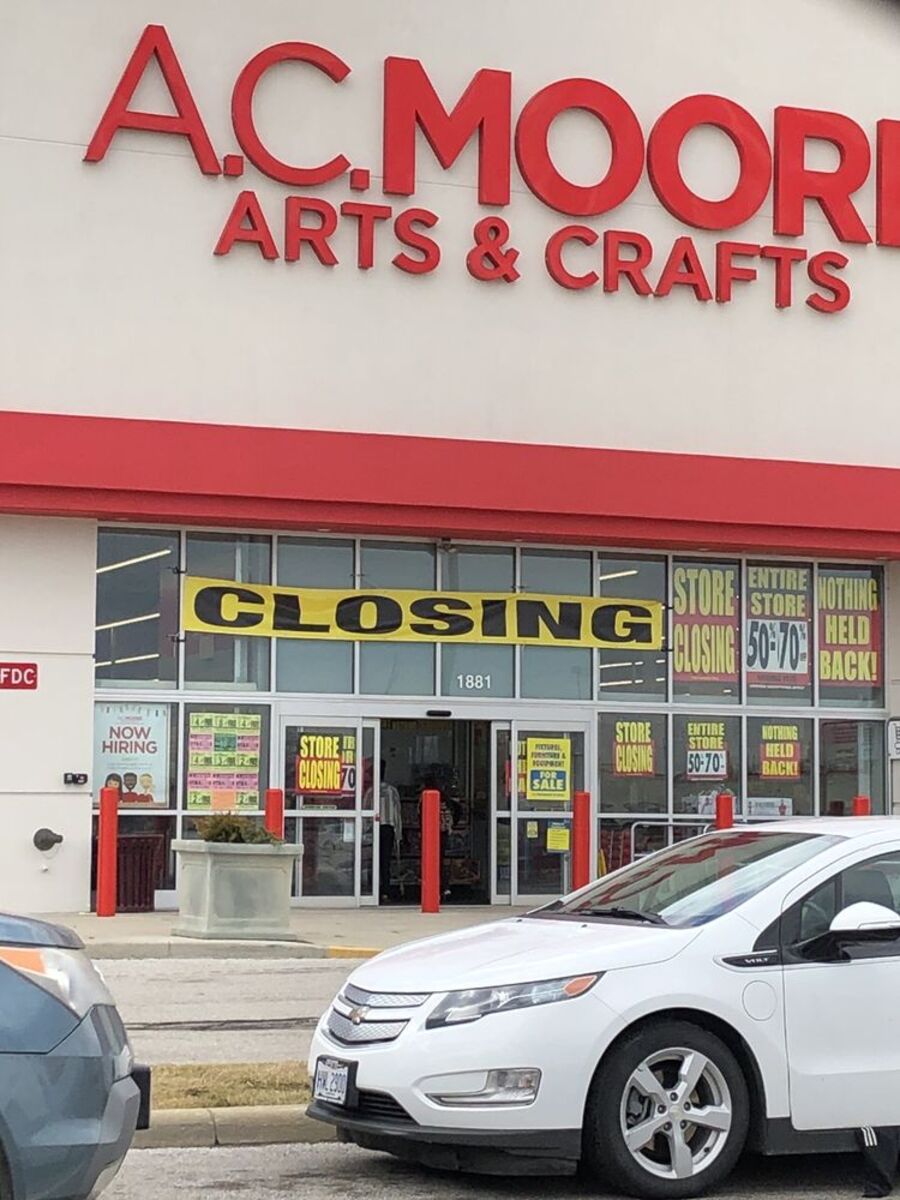
The craft store world got a little smaller in November 2019, when A.C. Moore’s parent company announced it would close the chain’s 145 stores, mainly found on the East Coast. Major competitor Michaels took over and rebranded about 40 of the locations.
Dean & DeLuca
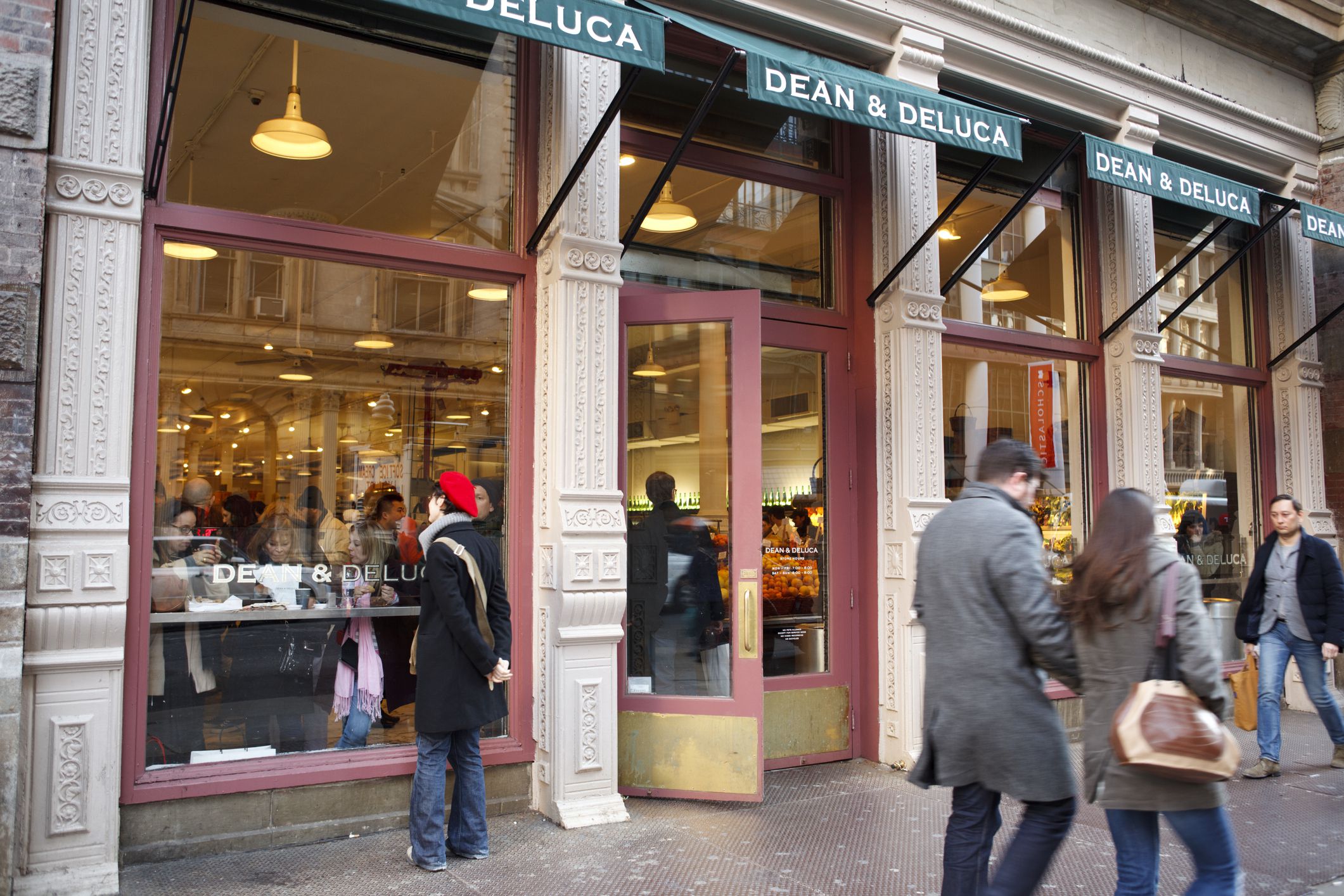
Long a shell of its former self, gourmet grocer Dean & DeLuca filed for bankruptcy in March 2020. The grocer, bought by a Thai company in 2014, closed its last remaining store in October 2019 and reported that it had one remaining employee and more than a half-million dollars in liabilities.
Fred’s
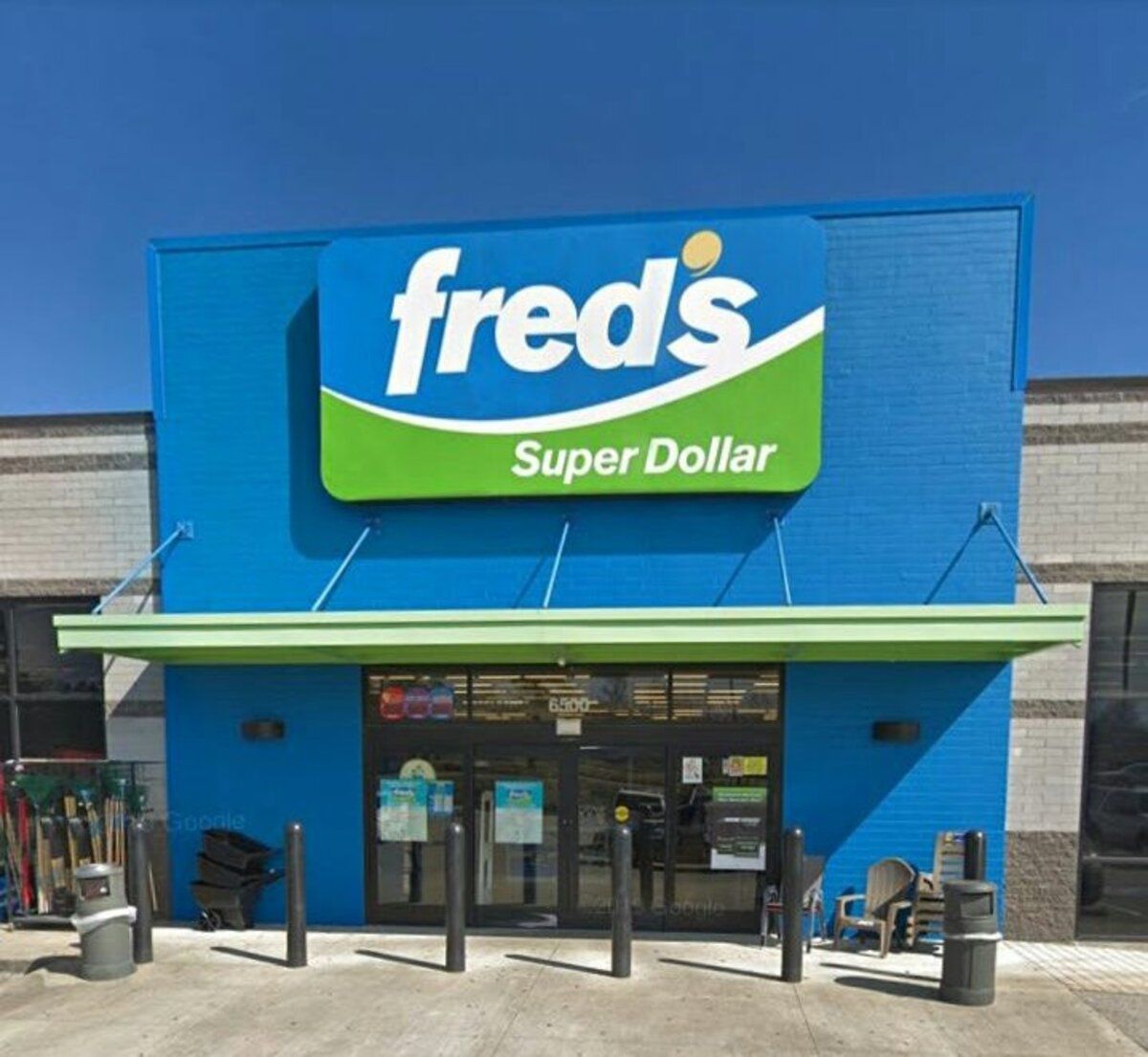
This discounter and pharmacy with a wide presence throughout the Southeast filed for bankruptcy in September 2019 and announced it was liquidating all of its stores. Fred’s had already endured several rounds of closures and had fewer than 100 stores still open, down from more than 550, when it decided to pull the plug entirely.
Barneys
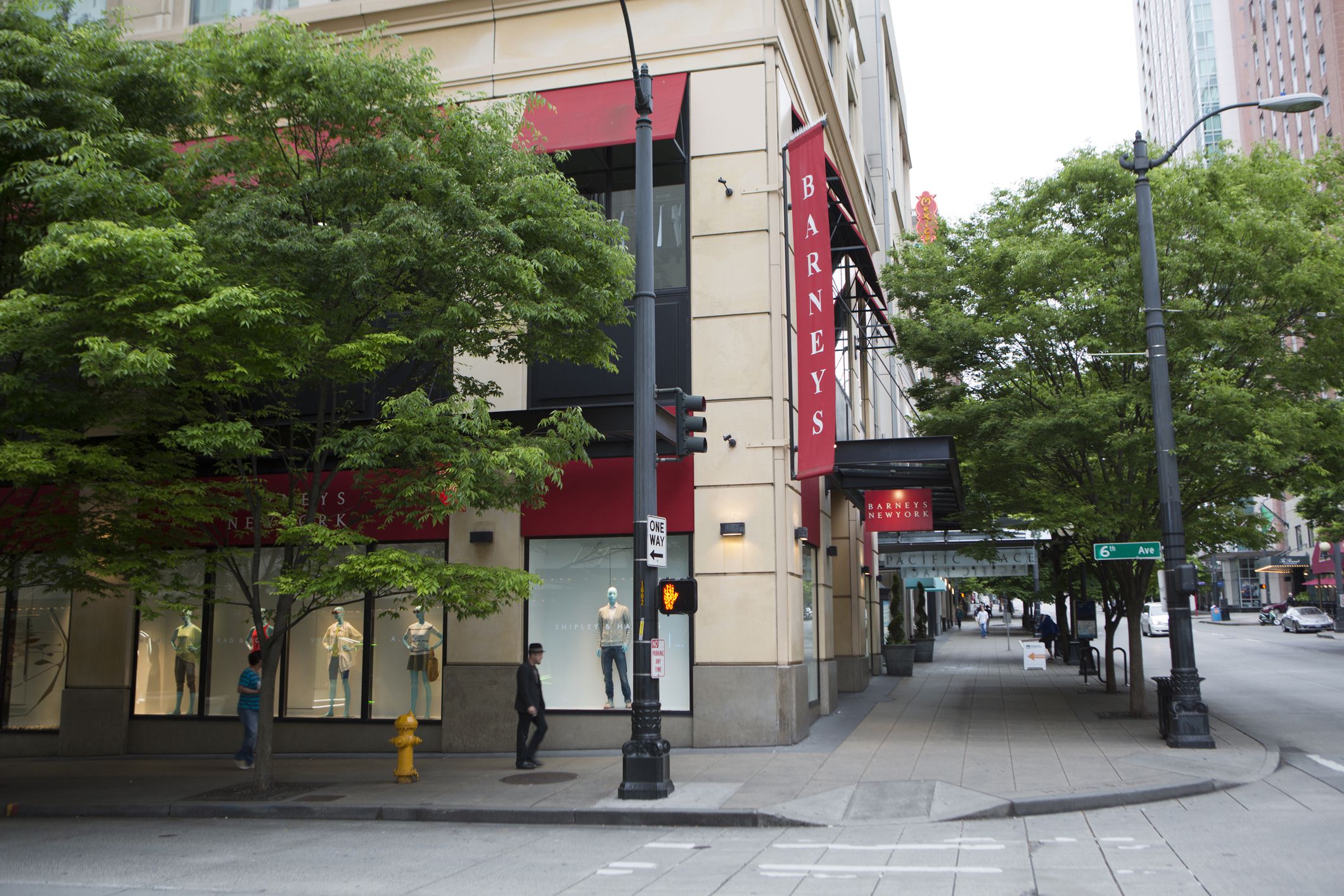
For the better part of a century, Barneys was an icon of New York City retail and the destination of well-heeled tourists from around the world. Rapidly rising rents and dwindling sales, however, became too much for the luxury retailer to bear. In the summer of 2019, Barneys — which by then included stores in San Francisco and Beverly Hills, California, Seattle, Chicago, Las Vegas, and beyond — declared bankruptcy. Its name is now licensed to rival Saks Fifth Avenue.
Brookstone
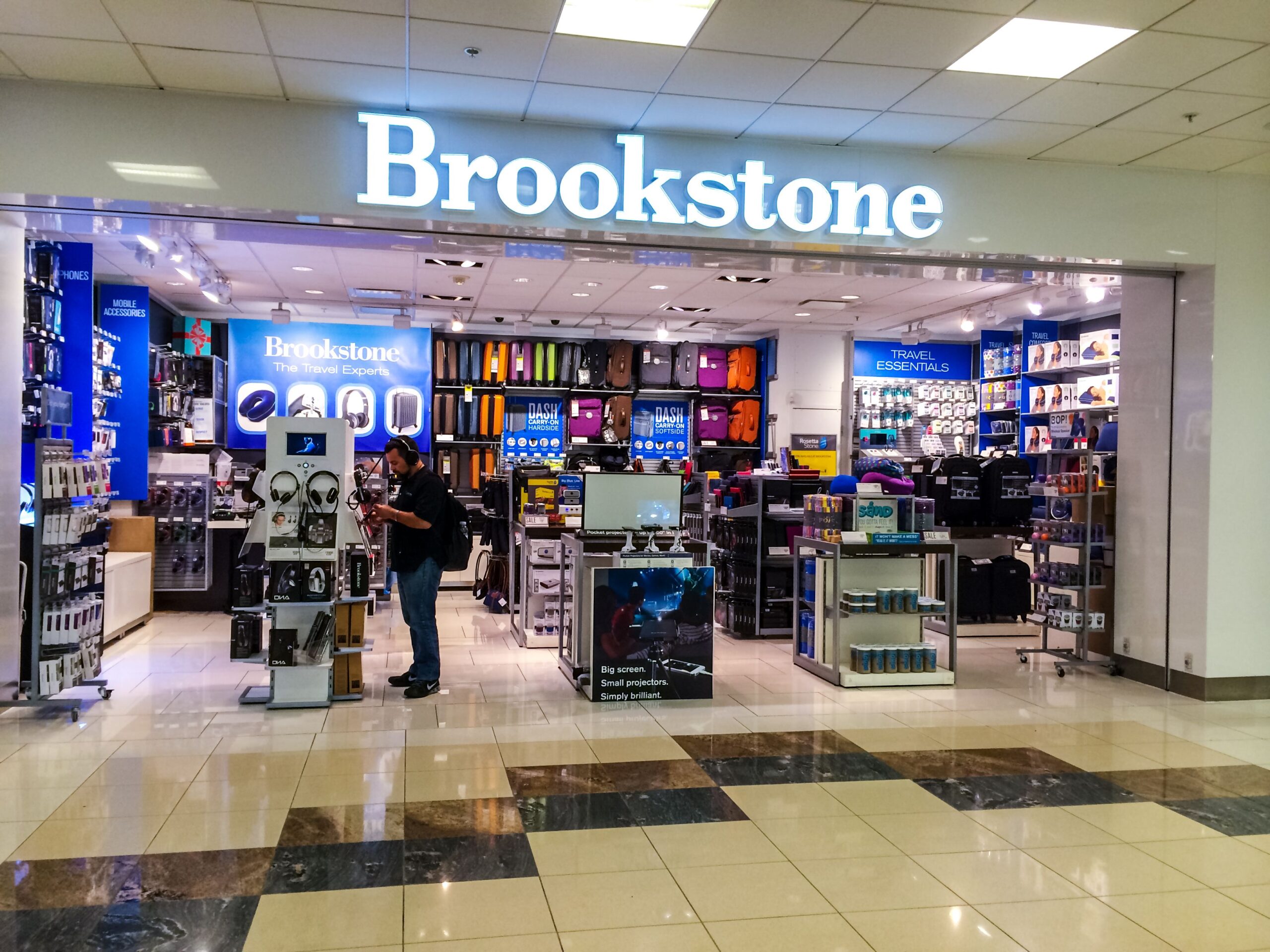
Brookstone just couldn’t find enough buyers for its heated neck massagers and other novelty items and decided to close all of its mall-based stores after filing for bankruptcy in 2018. The chain’s airport stores and website are still kicking, and the company partnered with Macy’s to sell some of its products.
Dressbarn
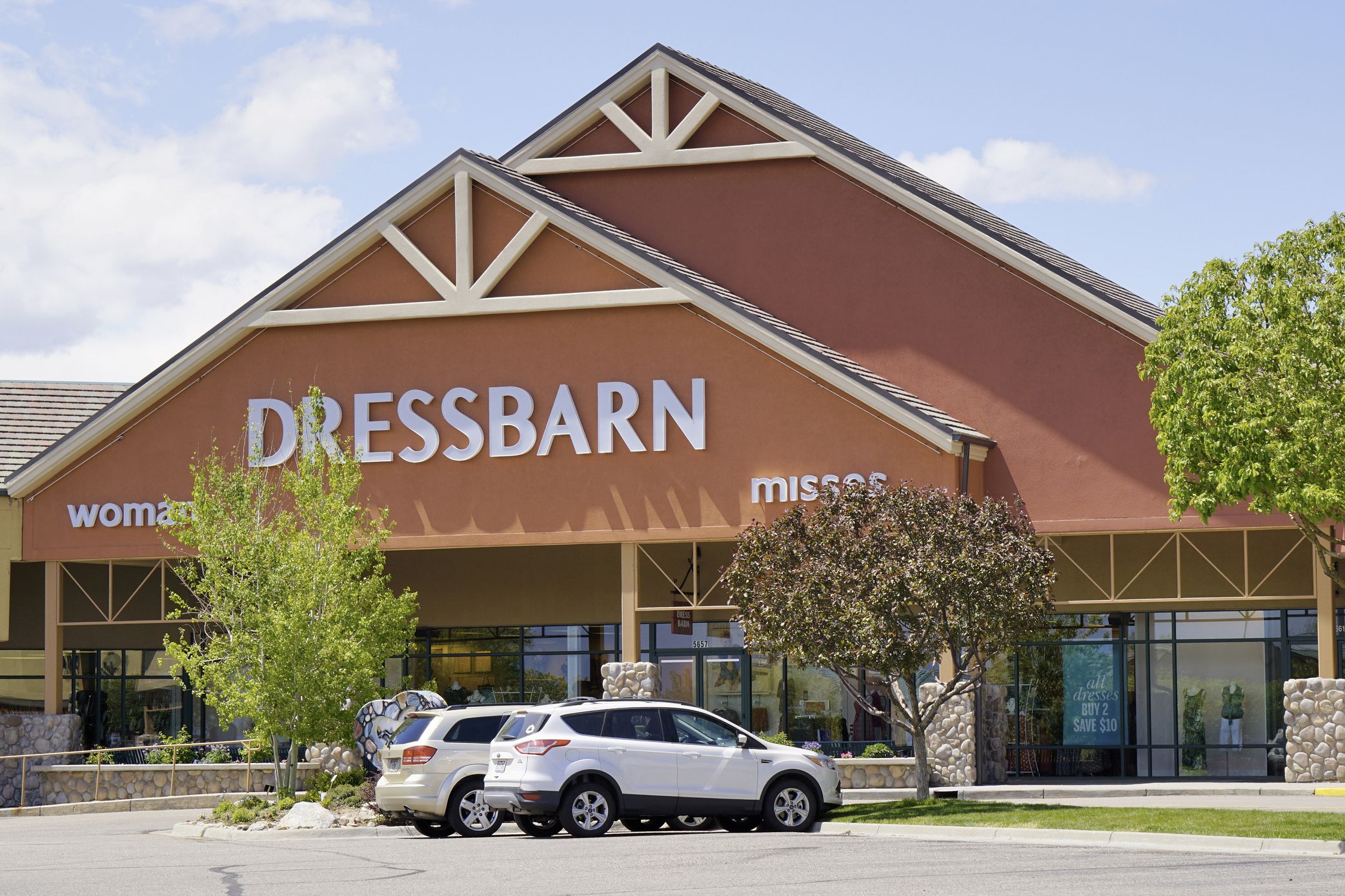
In an effort to bolster its more successful brands like Ann Taylor, Loft, and Lane Bryant, Ascena Retail Group said in May 2019 that it would be closing all Dressbarn locations by the end of the year. Under new ownership, the brand now exists as an online-only retailer.
LifeWay Christian
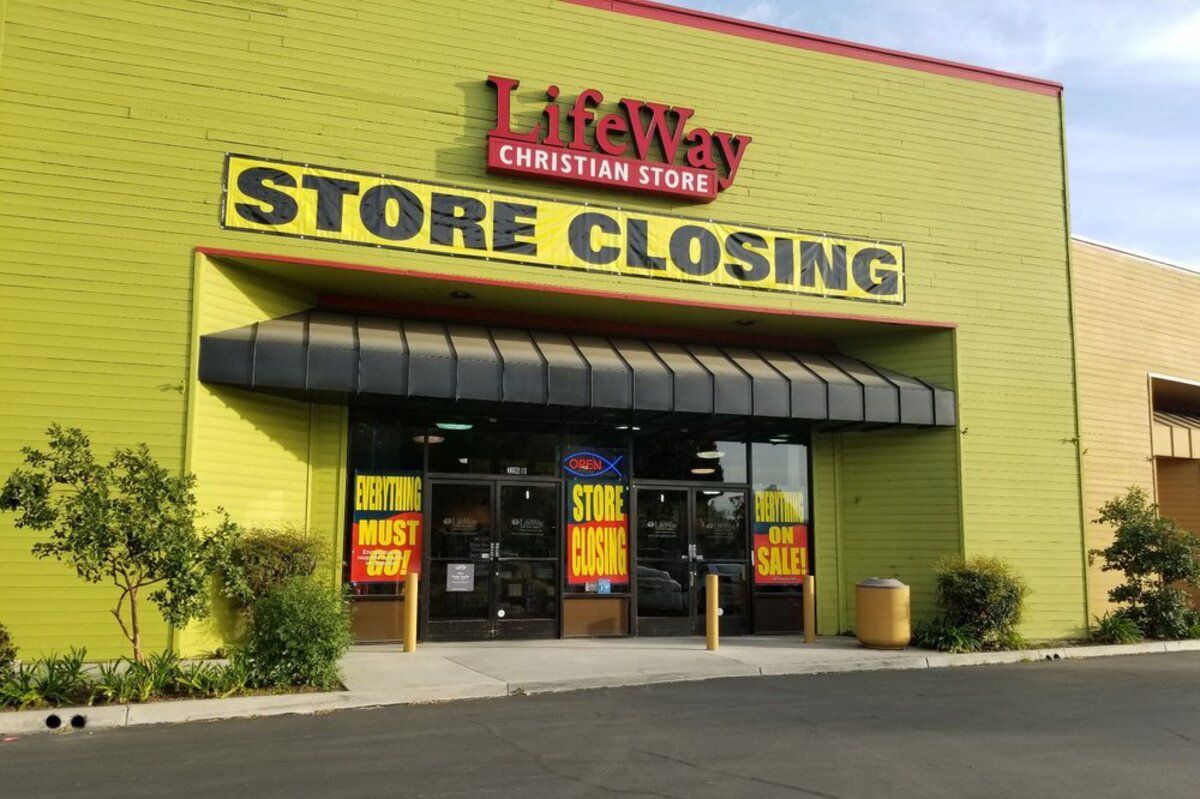
Faith-based bookseller LifeWay Christian said in March 2019 that it would close all of its 170 stores, citing declining foot traffic and sales. The company continues to sell its products online.
Shopko
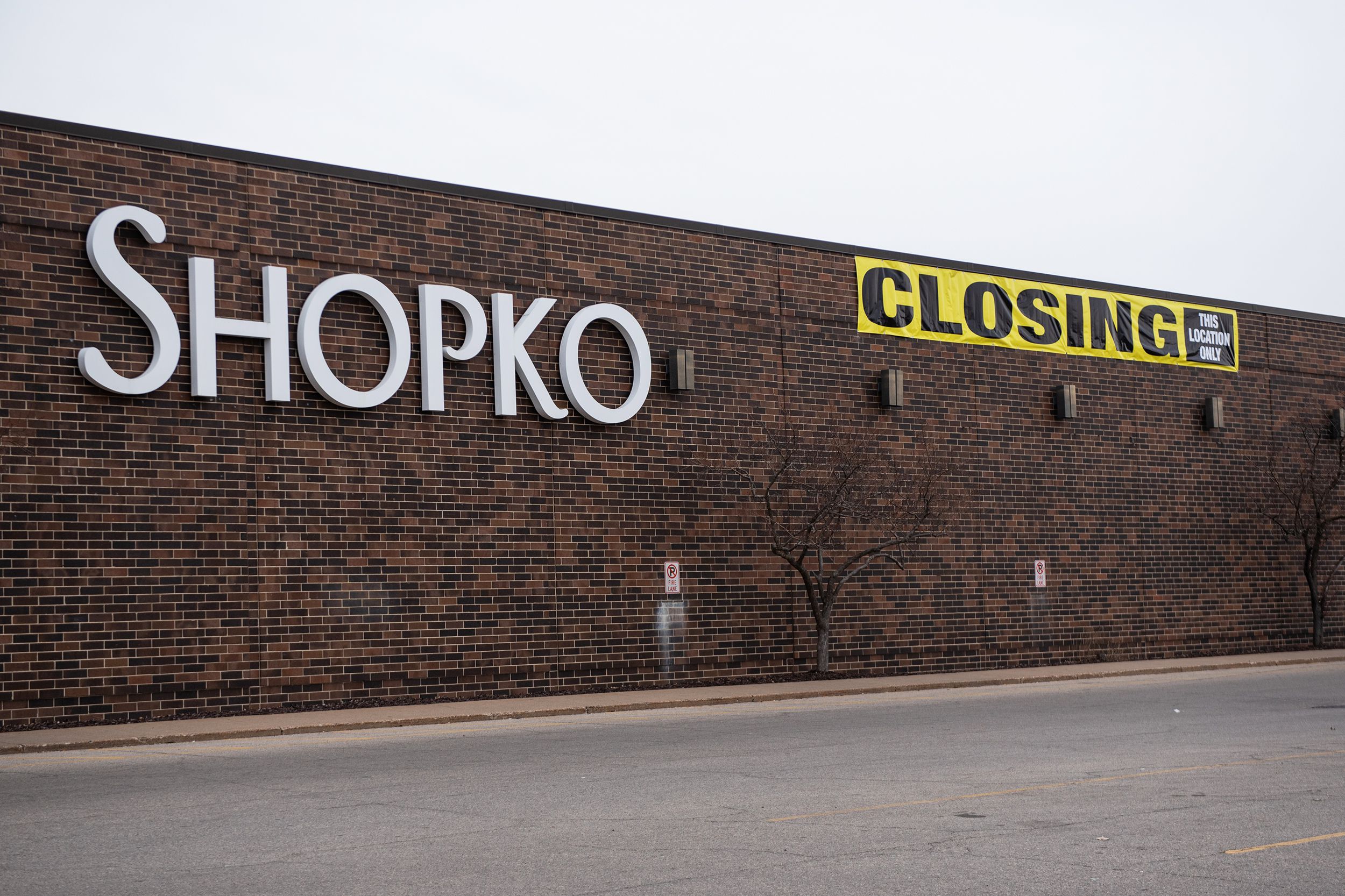
Wisconsin-based discounter Shopko said in March 2019 that it would close all of its locations by mid-June. It had filed for bankruptcy in January and announced closures in February, but failed to find a buyer to help keep the remaining stores afloat.
Payless ShoeSource
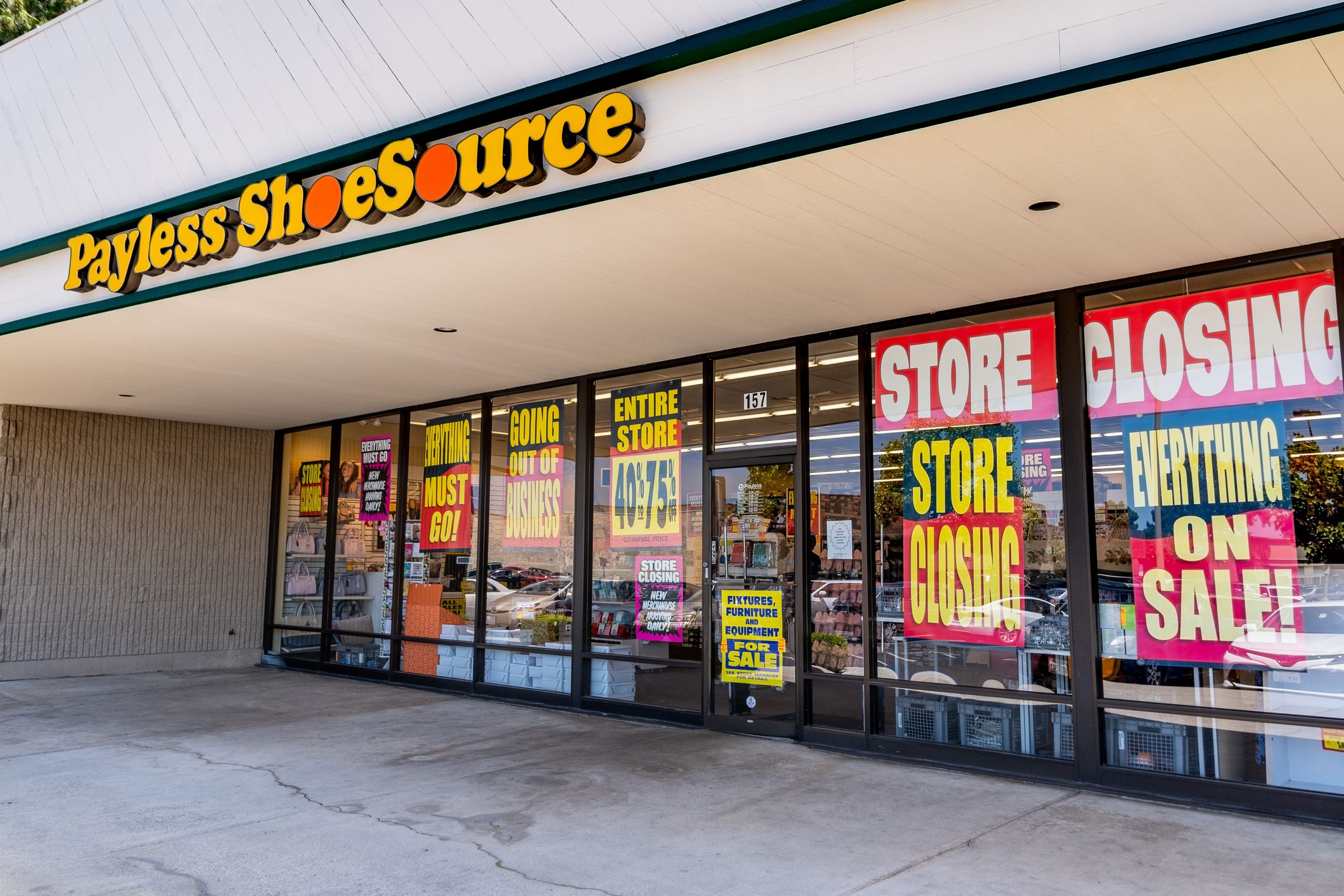
Finding cheap footwear became a little more difficult in 2019. In February, Payless filed for bankruptcy and said it would close all of its 2,500 U.S. locations. The move came after an initial bankruptcy filing in 2017, which was accompanied by about 700 closures. The company maintains an online business and stores in other countries.
Gymboree and Crazy 8
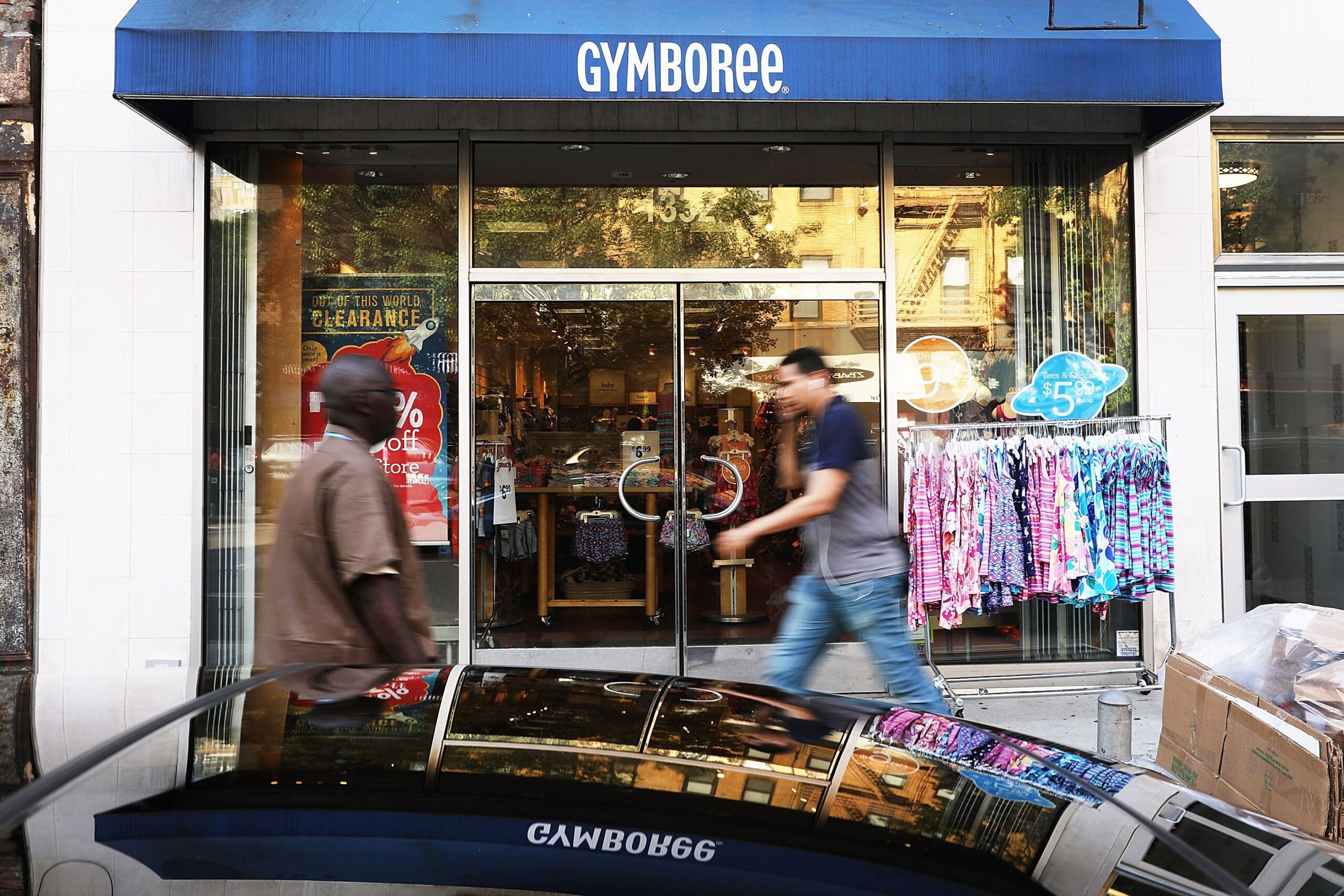
Longtime kids’ clothing seller Gymboree filed for bankruptcy in January 2019 and said it would close all 800-plus remaining locations of both Gymboree and its lower-priced Crazy 8 stores. The move followed a 2017 bankruptcy filing that was accompanied by 375 store closures. But the brand has reappeared in select Children’s Place stores and online.
Henri Bendel
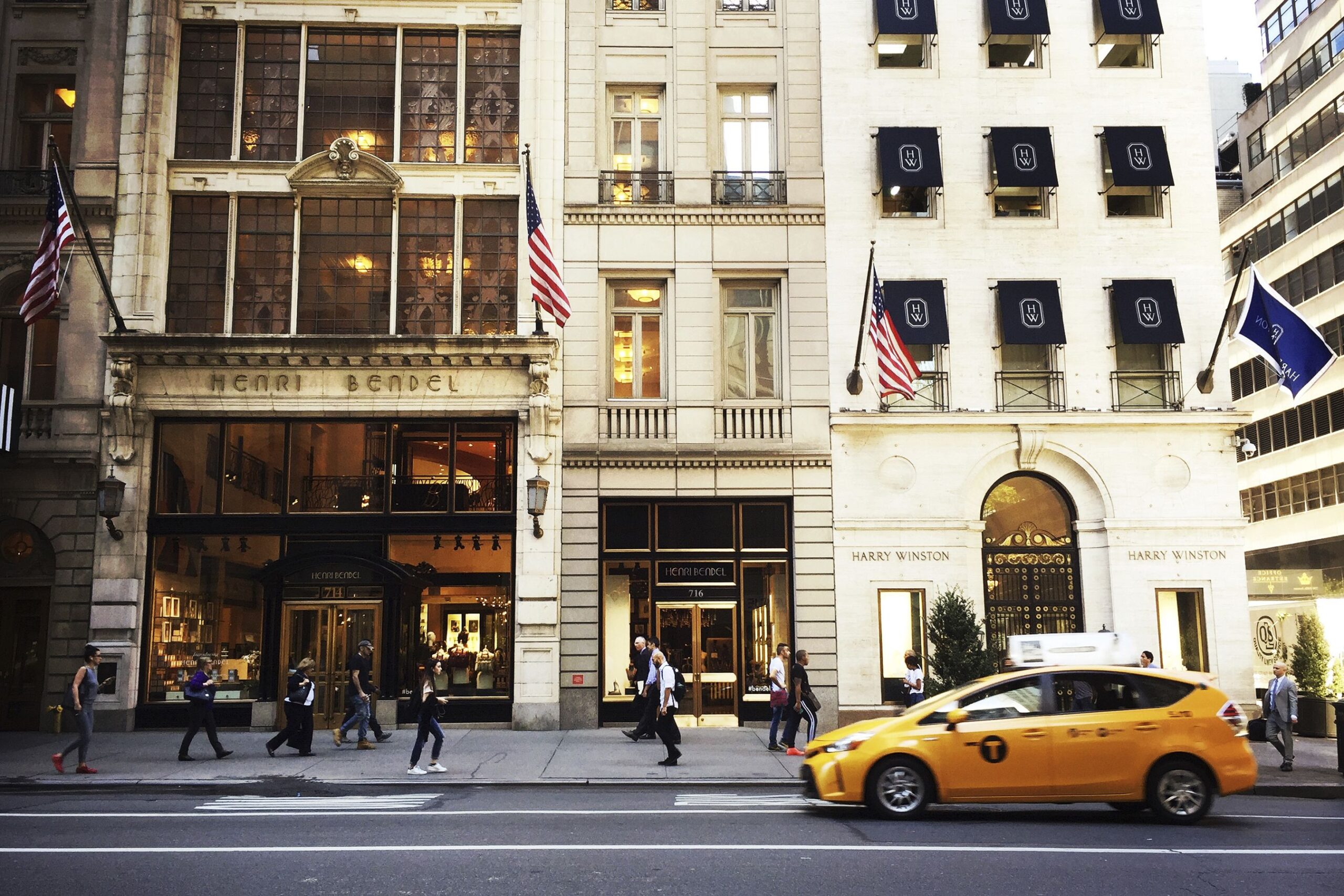
Henri Bendel’s lineup of handbags, jewelry, and other high-end accessories sure made for fun browsing, and the decked-out store also sold plenty of ornaments and whimsical snow globes every holiday season. Still, even a Fifth Avenue flagship couldn’t save this retailer, which was forced to end its 123-year run in 2018 when parent company L Brands decided to focus on its other chains, including Victoria’s Secret and Bath & Body Works.
Bon-Ton
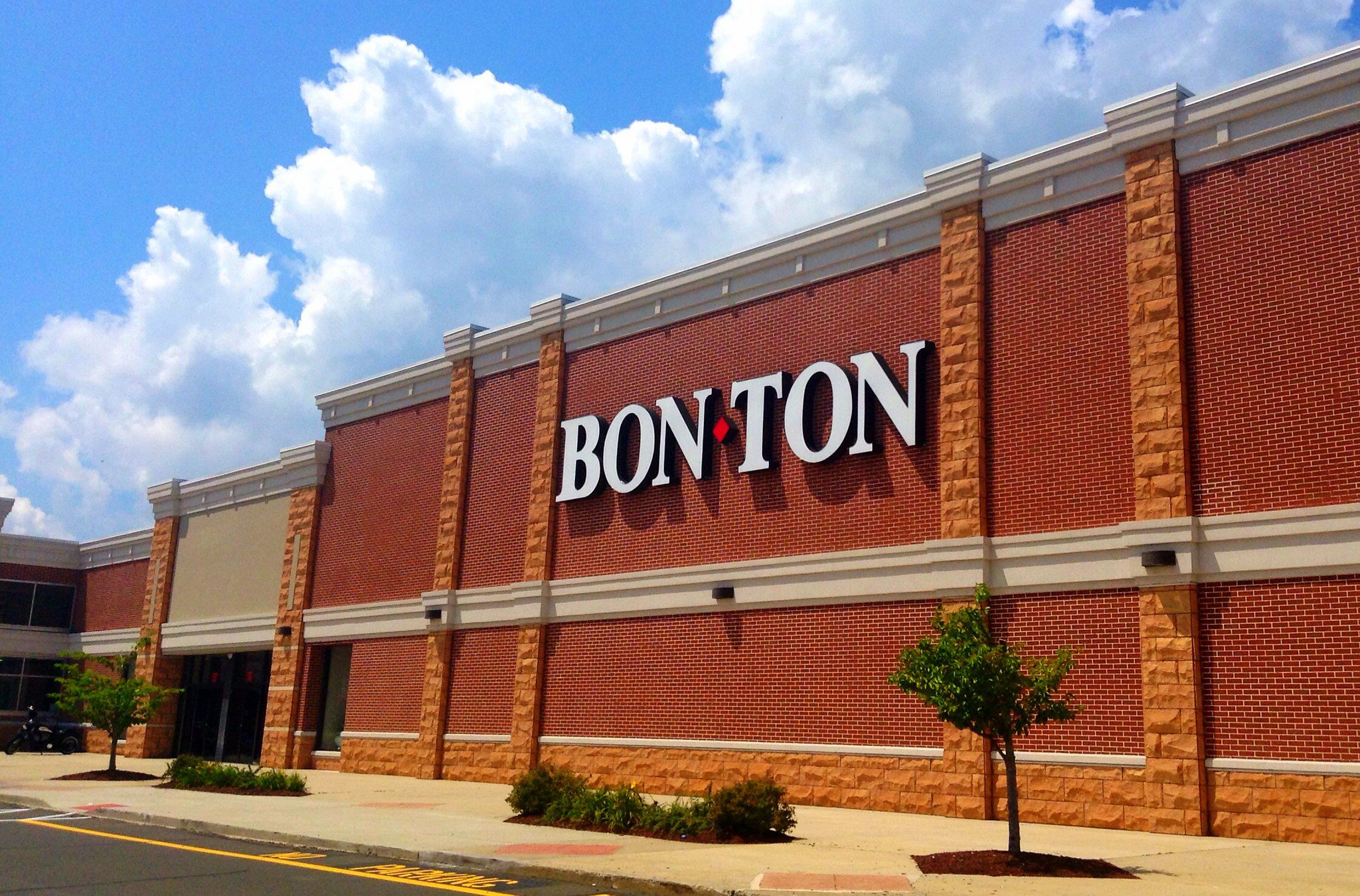
Department stores have struggled mightily over the past several years, so it wasn’t a surprise when Bon-Ton Stores decided to pull the plug and liquidate in 2018. The chain’s stores spanned 23 states and included familiar names like Bon-Ton, Bergner’s, Boston, Carson’s, Elder-Beerman, Herberger’s, and Younkers.
Teavana

Starbucks said in 2017 that it planned to close all 379 of its underperforming Teavana stores, but mall operator Simon Property Group sued to keep 77 mall-based stores open. In 2018, Starbucks and Simon eventually reached a settlement allowing the remaining stores to close. If you miss Teavana, you can still find it online and in some big-box stores.
American Apparel
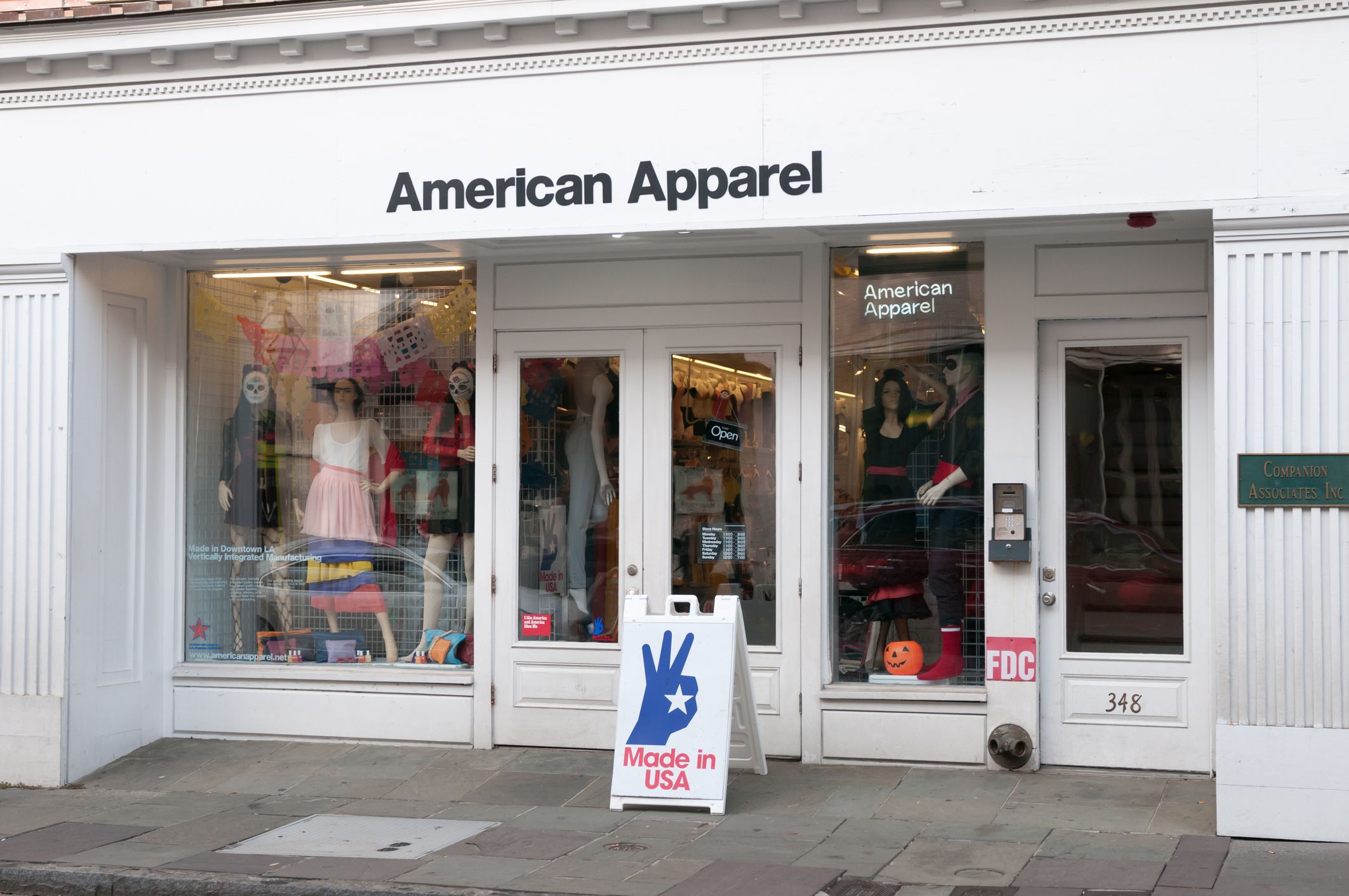
In the late 2000s, American Apparel was flying high with 281 locations, but by 2017, that number had dwindled to just 110. Even that, however, proved too many to maintain. The company said that year that it was closing all remaining locations and declaring bankruptcy for the second time. Whatever was left was gobbled up by Canadian retailer Gildan Activewear. Though the shops are gone, an online store remains.
H.H. Gregg
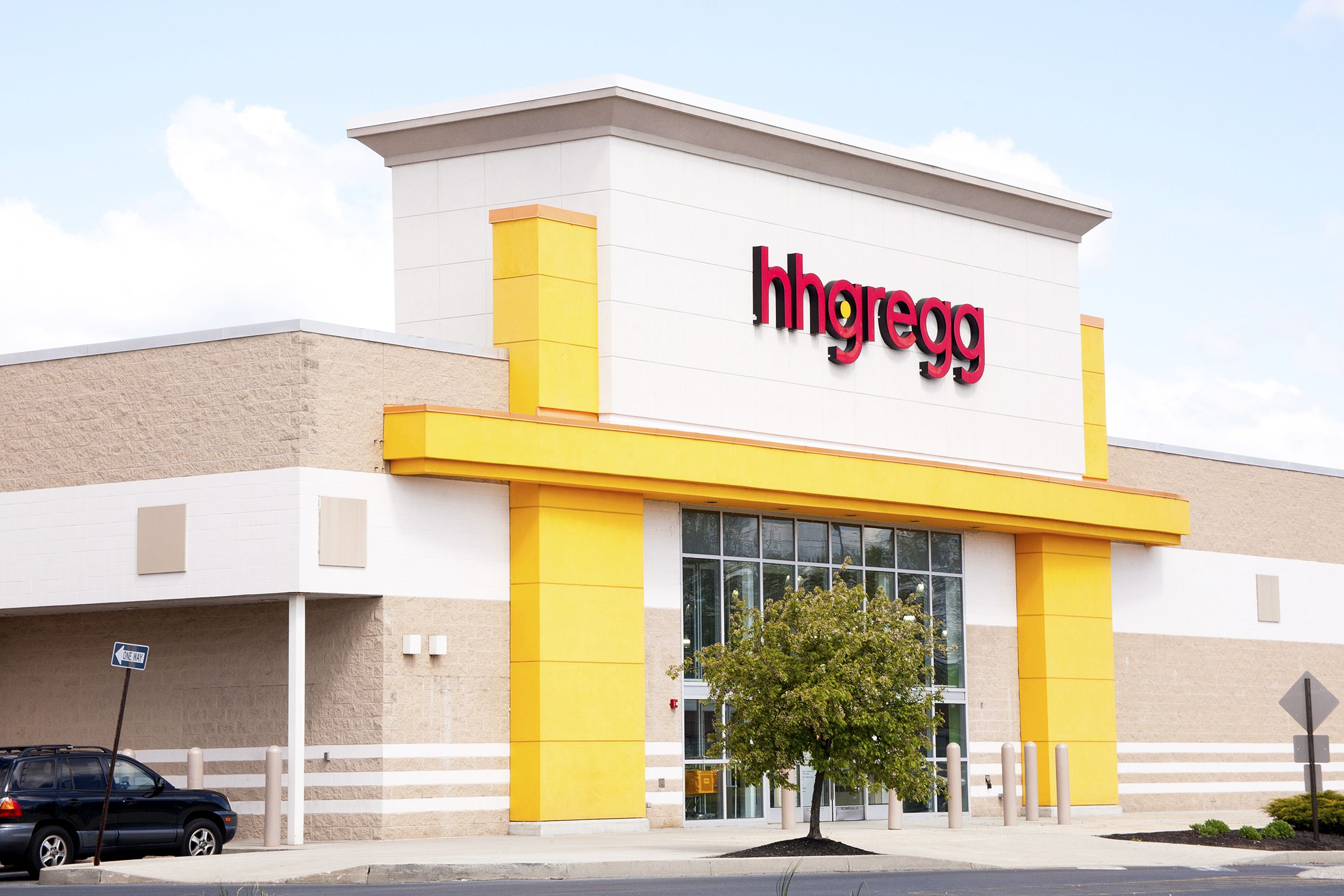
This ubiquitous electronics retailer said it was filing bankruptcy and closing 88 of its 220 stores in March 2017. One month later, after failing to find a buyer, the company moved to close all remaining stores by the end of May. It was revived as an online-only business later that year.
Bebe
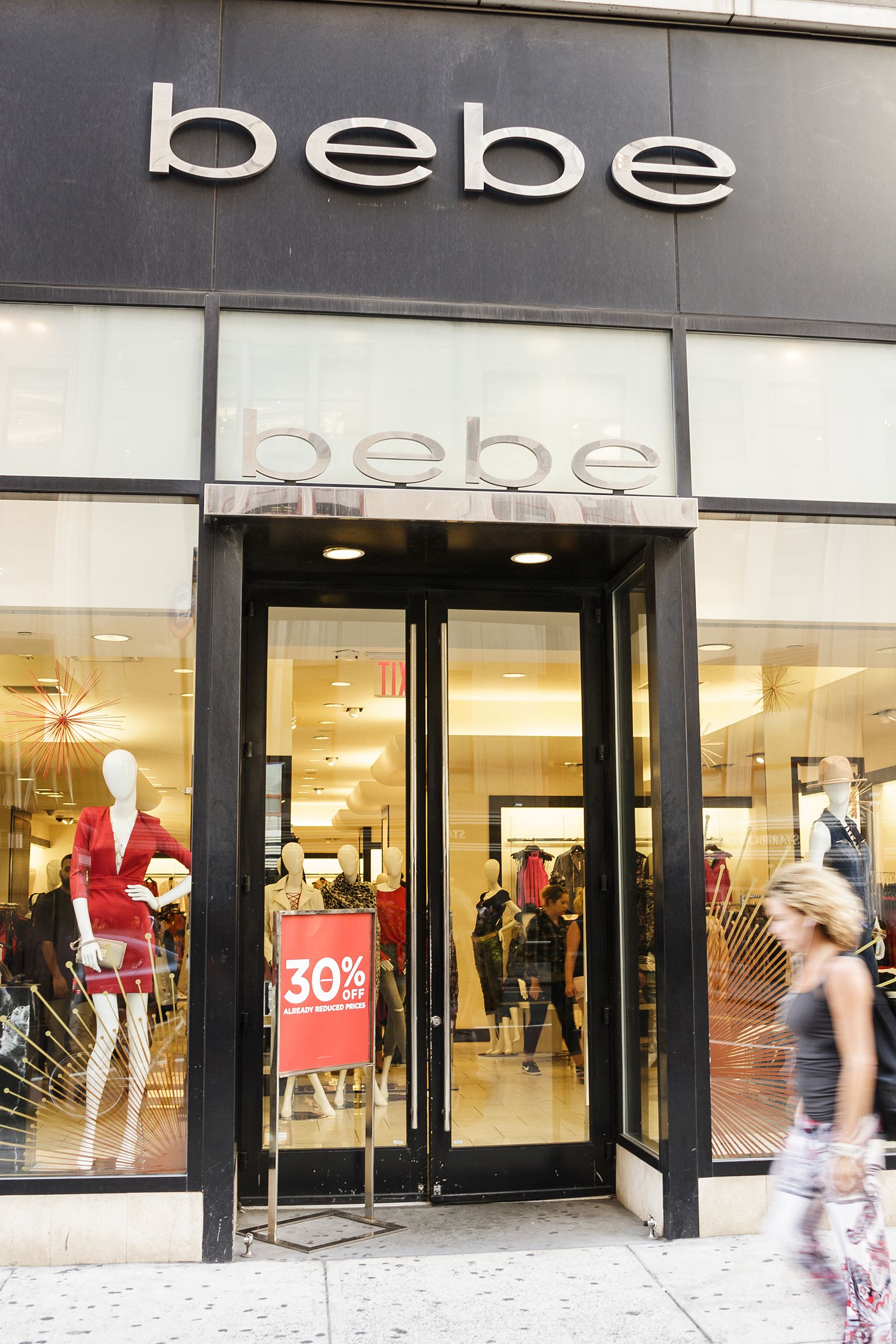
Bebe operated 372 retail stores at its peak. But in 2017 the seller of women’s clothing shut all 180 locations across the country, rather than file for bankruptcy, and now exists as an online-only retailer.
Family Christian Stores
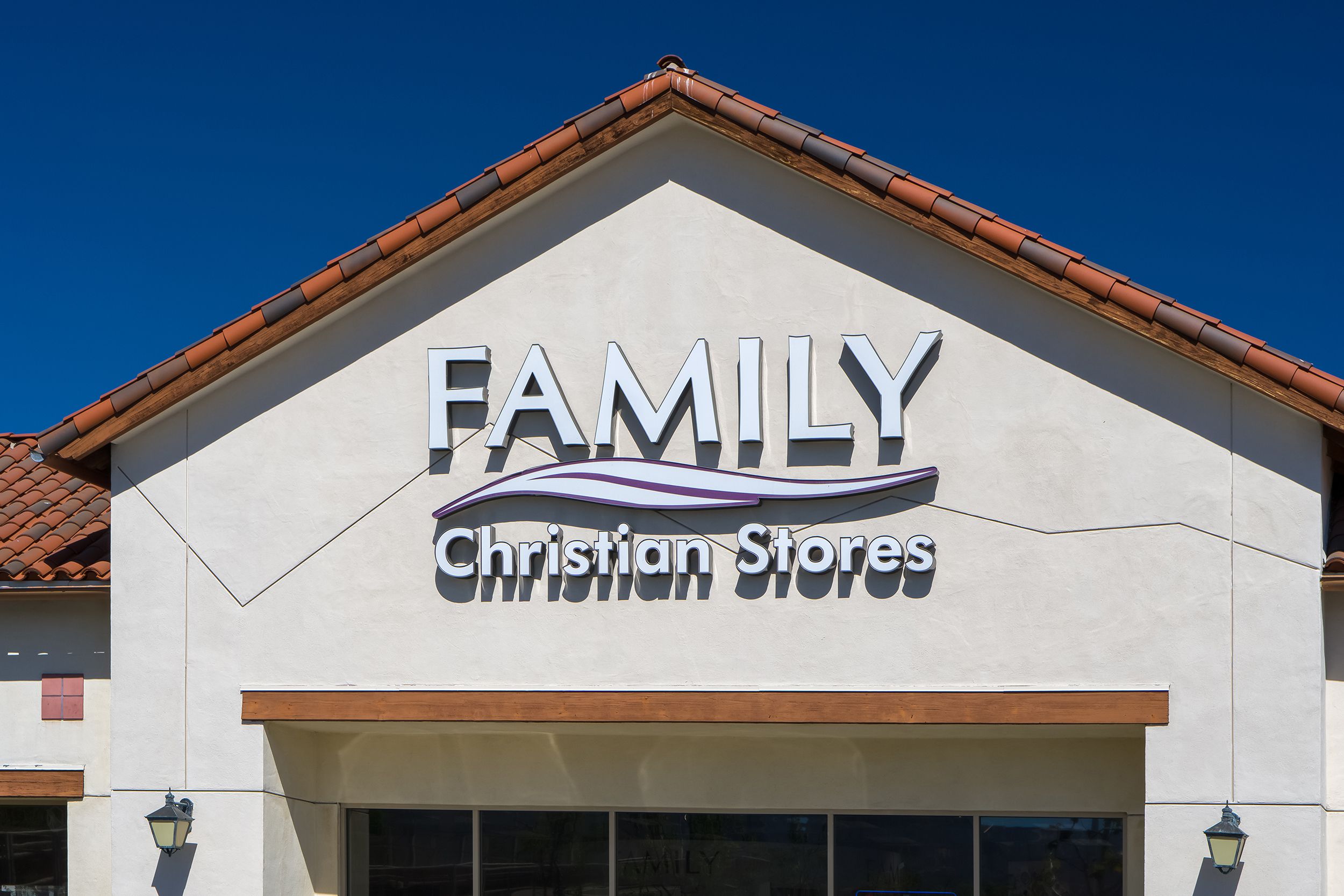
The world’s largest Christian-focused retailer became another casualty of the retail apocalypse in February 2017, when Family Christian said it planned to close its remaining 240 stores by May. The company had previously transitioned to a nonprofit organization in 2013 and filed for Chapter 11 in 2015.
BCBG
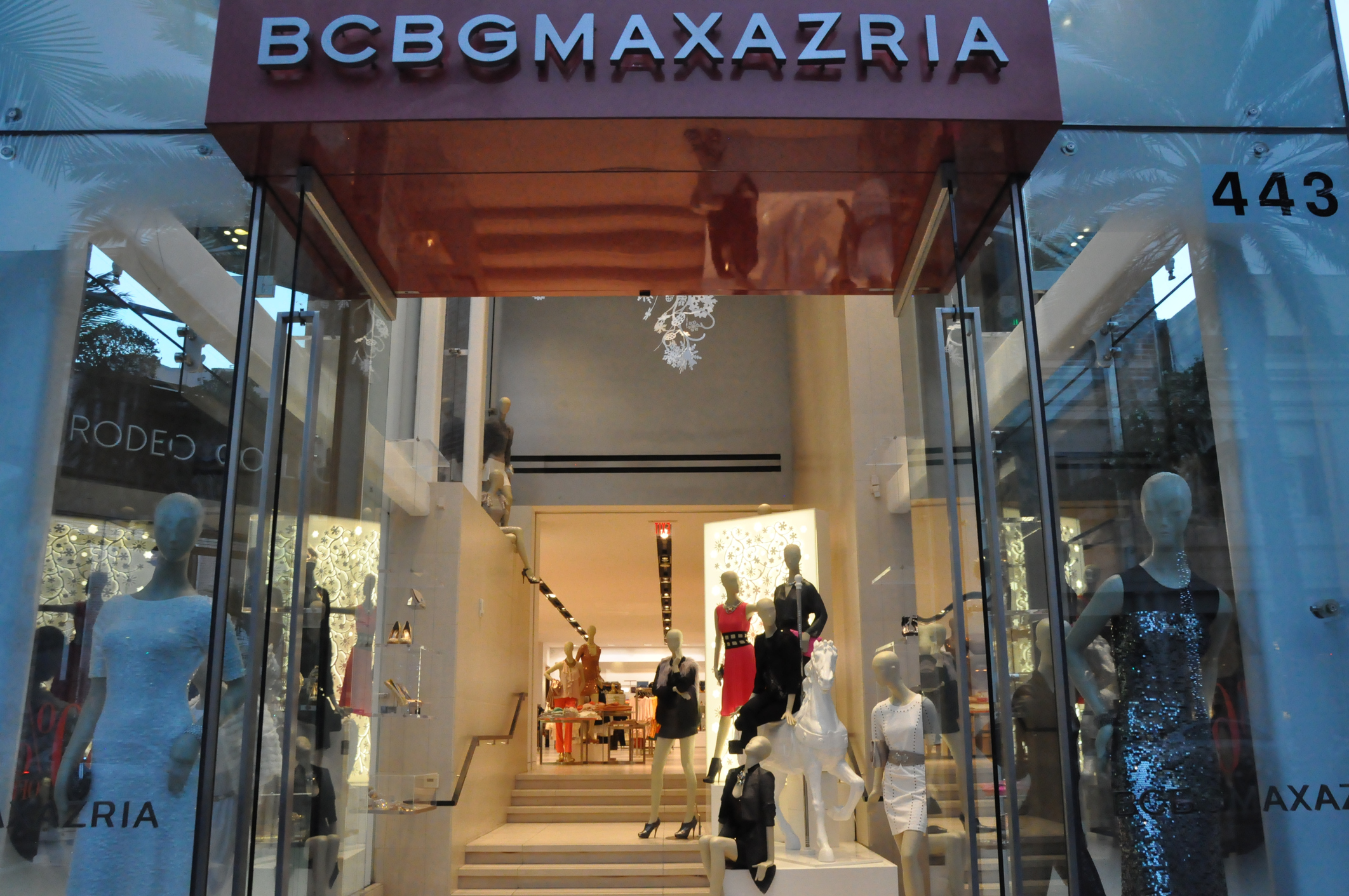
Liquidation sales started in early 2017 for the 120 mostly U.S.-based stores owned by high-end women’s clothing line BCBG, which filed for bankruptcy at the same time. The global brand founded by Tunisian designer Max Azria was acquired later that year and continues to operate online.
RadioShack
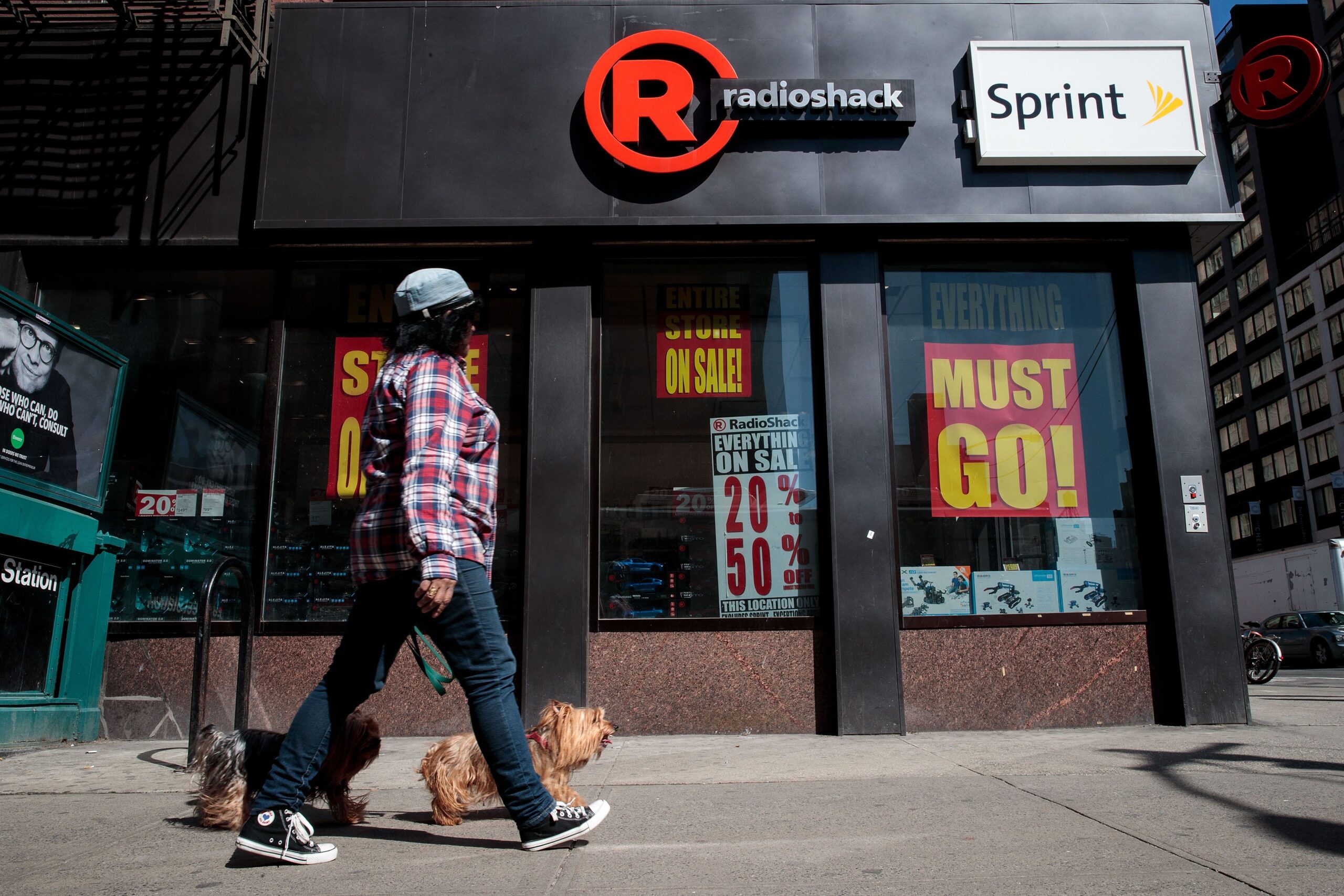
RadioShack, once a major U.S. retailer for mobile products, was hit hard by the retail apocalypse and quickly changing technologies. After changes in management and eventual bankruptcy in 2017, it partnered with HobbyTown USA on a new concept: “express stores,” with merchandise selected by HobbyTown. But its once-massive national footprint is no more.
Wet Seal
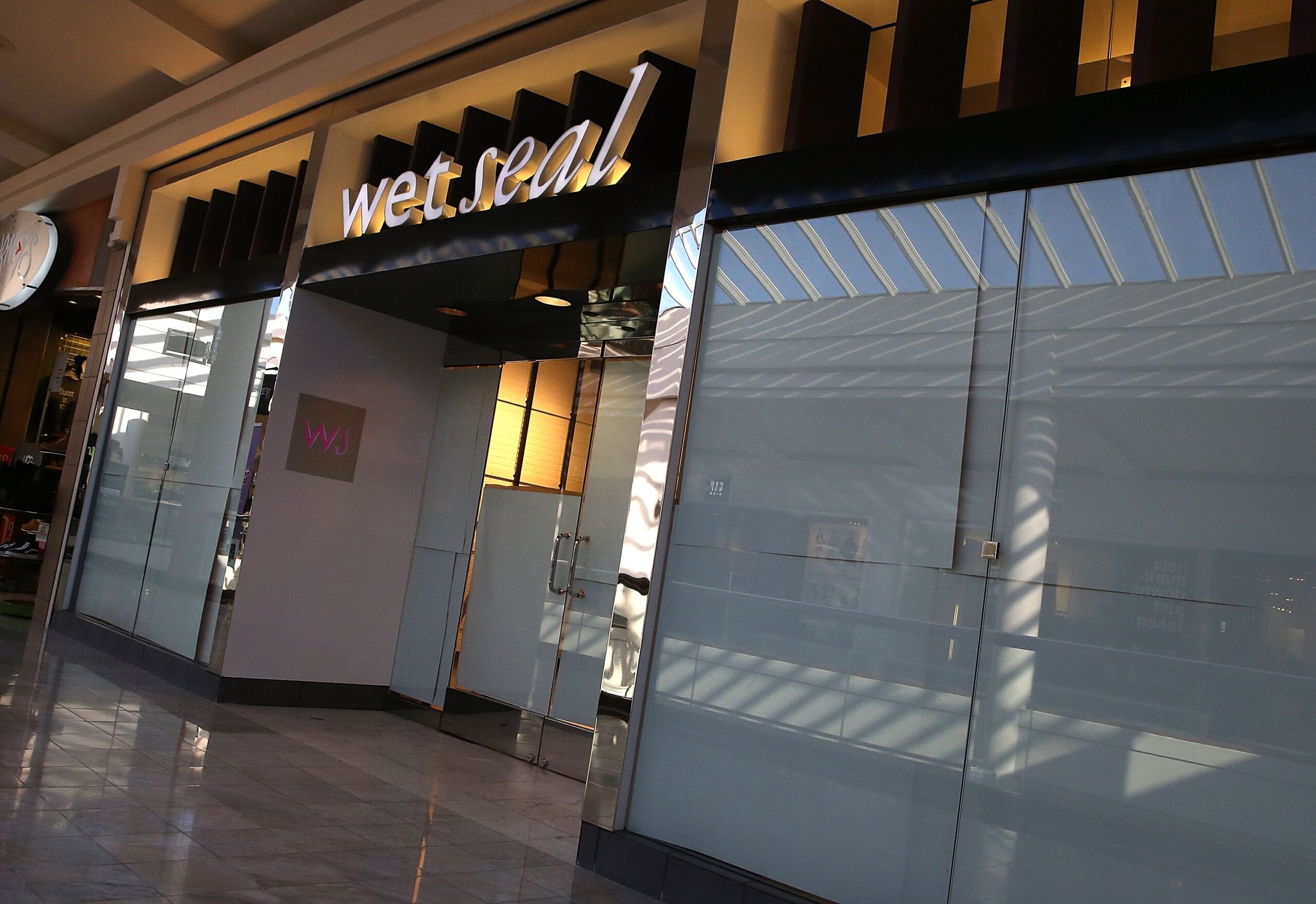
Originally founded as Lorne’s in the ’60s in California, Wet Seal was incorporated in 1990 under its new name. The familiar retailer was known for West Coast-inspired fast fashion, especially for teenagers. It filed for Chapter 11 bankruptcy in 2015 and abruptly closed all its stores in 2017. Later that year, the brand was sold and relaunched as an online-only retailer.
The Limited

Once a mall stalwart, this well-known fashion retailer went bankrupt at the beginning of 2017 and closed all of its roughly 250 stores. Though it initially planned to become an e-commerce company in its own right, that plan was short-lived. Instead, southern department-store chain Belk purchased the brand and relaunched it as a private label.
Golfsmith
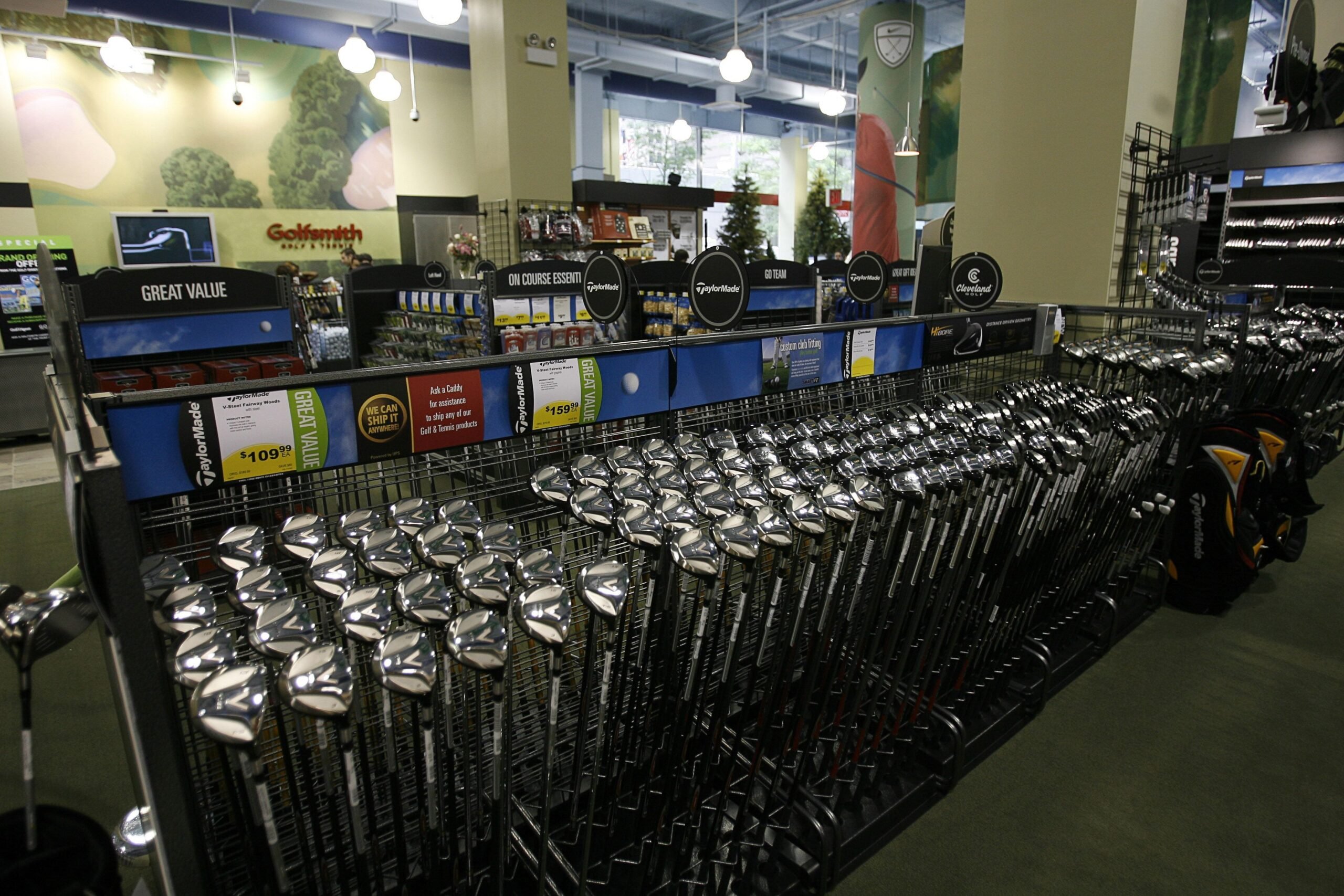
Golfsmith was riding high before the recession, opening new stores all over as Tiger Woods helped the sport surge in popularity. But the good times didn’t last, and the chain filed for bankruptcy in fall of 2016 when it had more than 160 stores. Dick’s Sporting Goods bought the company at auction later that year, after which the stores were either liquidated or rebranded.
Sports Authority
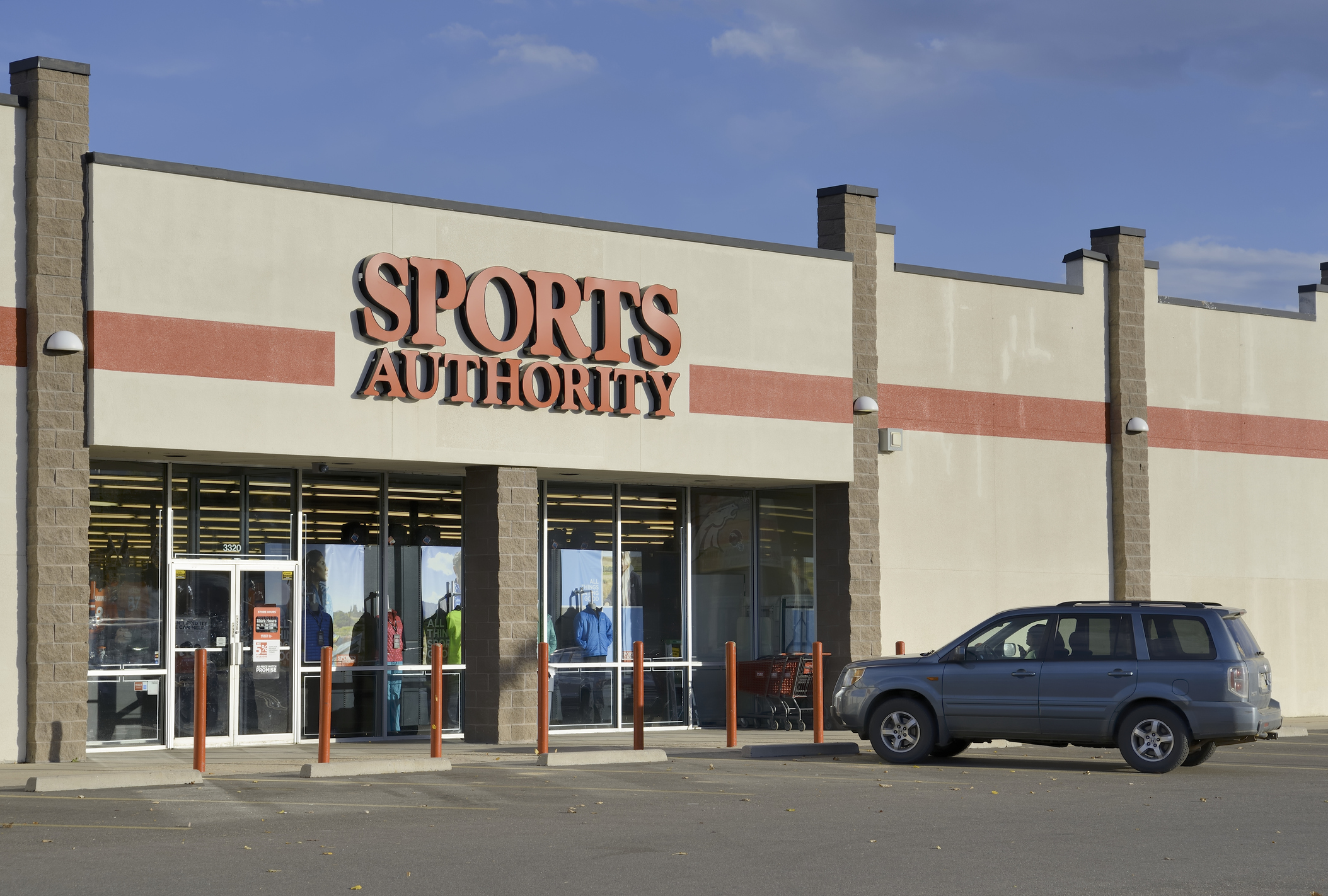
At its peak, Sports Authority operated more than 460 stores in 45 states and Puerto Rico. In 2016, though, it filed for bankruptcy, and the brand name and intellectual property was sold to Dick’s Sporting Goods. There was no official reason cited for the closure, but it’s thought to have been due to debt problems.
Sport Chalet
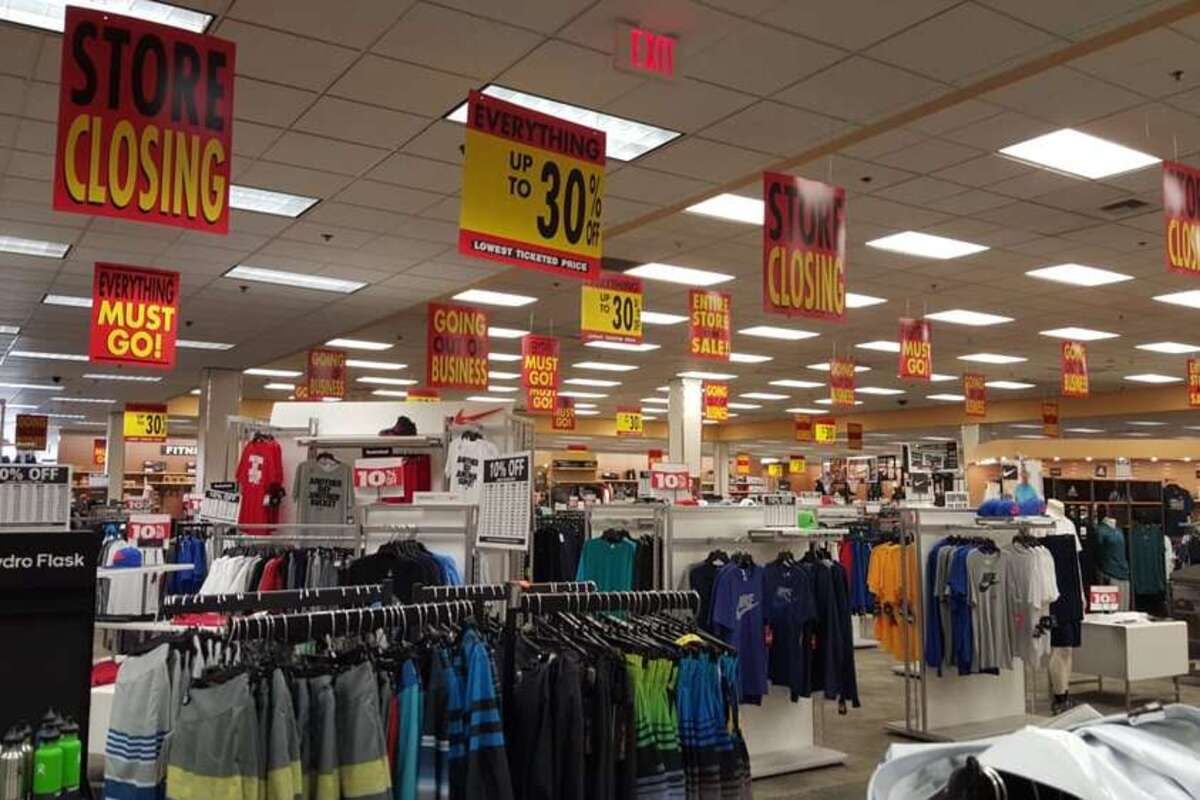
Sport Chalet, based on the West Coast, was a sporting goods chain with a giant footprint — most stores were over 35,000 square feet, with many featuring diving pools. In 2014, it was sold to Vestis Retail Group, which absorbed its debts. In 2016, the stores closed and Vestis said it was filing for Chapter 11 bankruptcy.
Hancock Fabrics
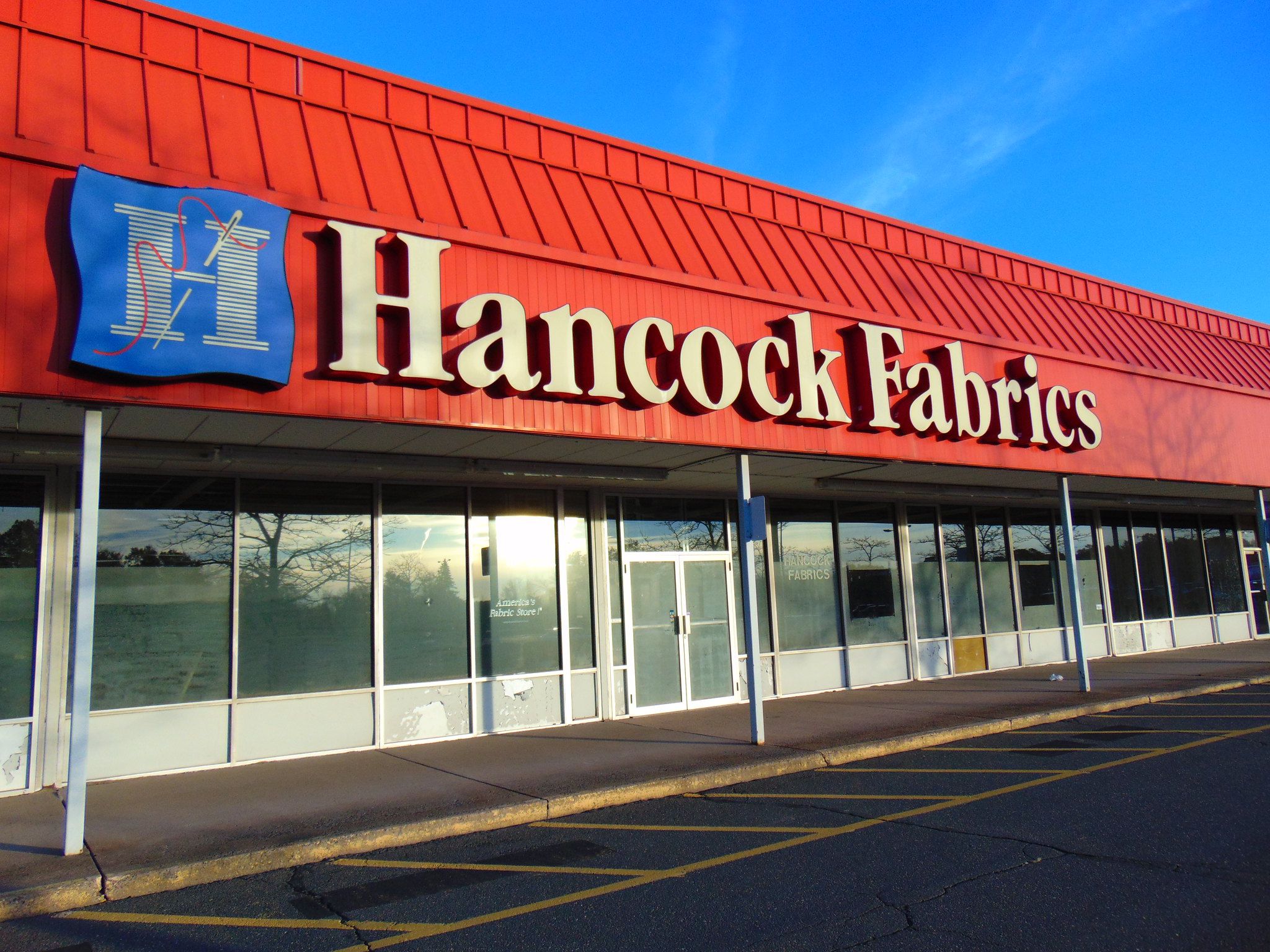
Sewing enthusiasts lost a beloved brand when Hancock Fabrics said it would shutter all of its 185 stores in April 2016. The fabric retailer attempted to find a buyer after declaring bankruptcy earlier in 2016, but the high bidder was a liquidator. The chain had previously filed for bankruptcy in 2007 and closed more than 100 stores then.
A&P
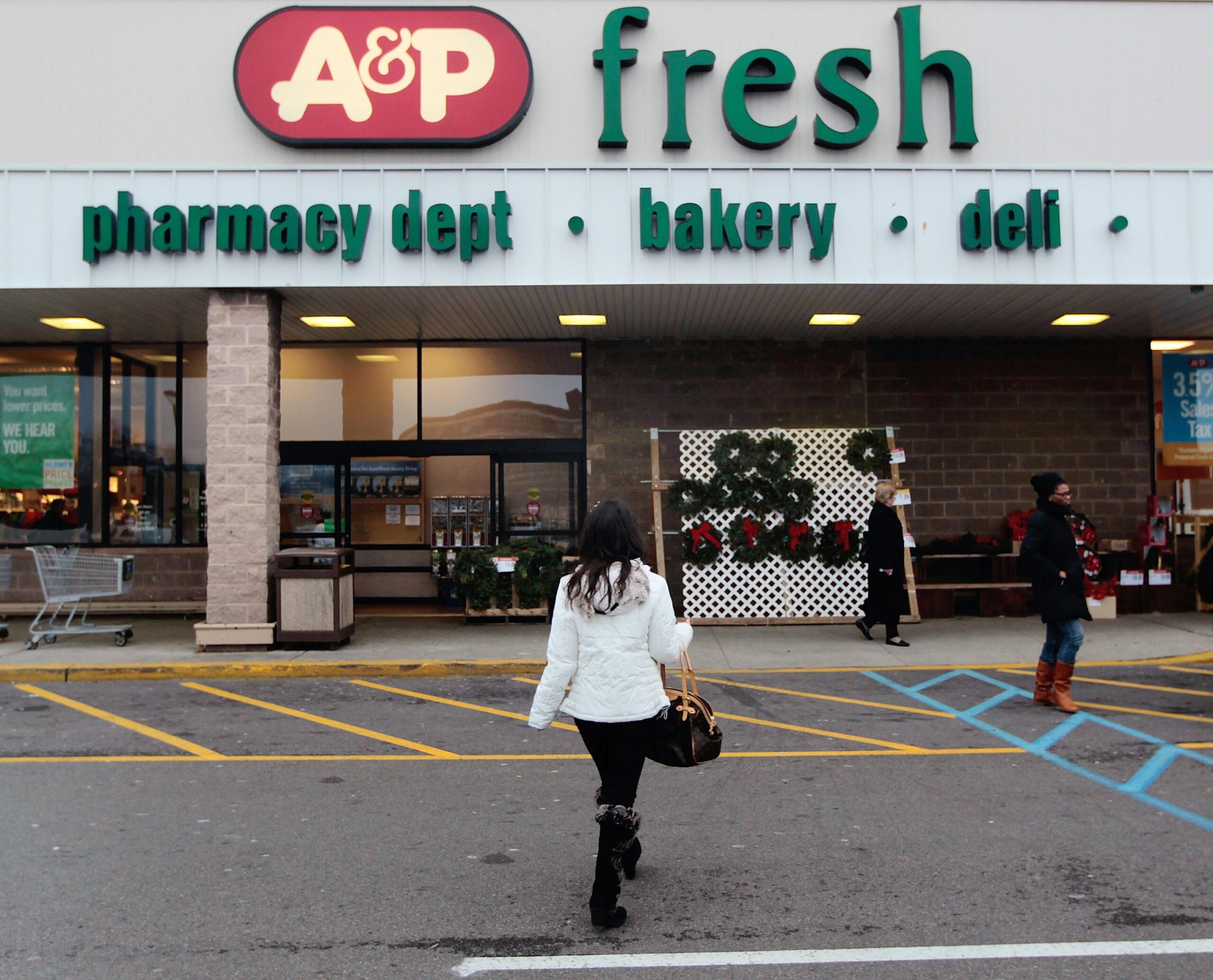
A&P, short for The Great Atlantic & Pacific Tea Co., was the nation’s largest grocery store chain from 1915 to 1975. In 1930, it was the world’s largest retailer with $2.9 billion in sales and 16,000 stores. But even A&P couldn’t weather the effects of the recession and, after filing for Chapter 11 bankruptcy, closed its doors in 2015.
Sleepy’s
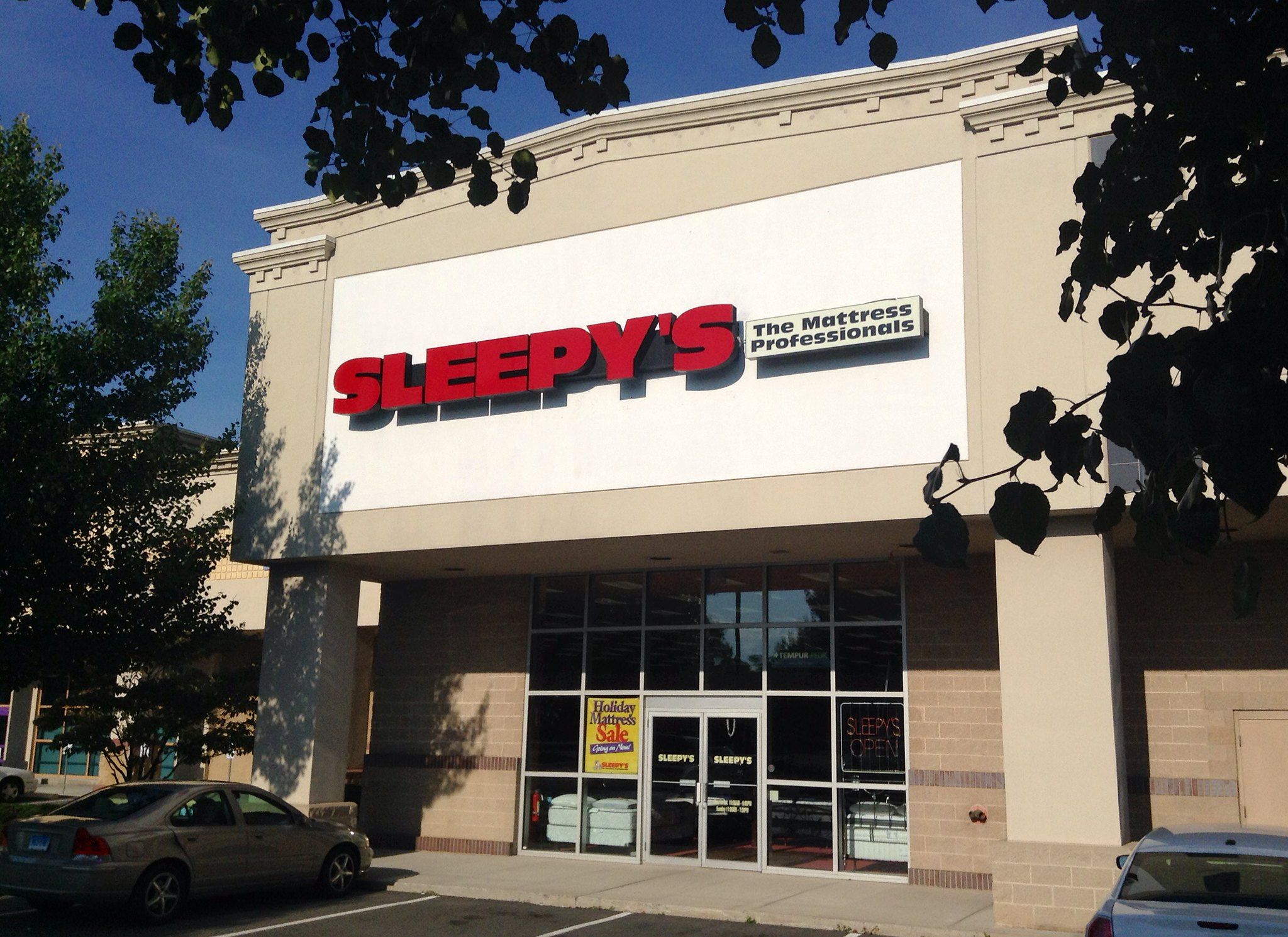
Sleepy’s, a mattress retail chain based in the Northeast, was founded in 1931 as Bedding Discount Center. By 2014, it had 1,000 stores across the country but was purchased in 2015 by Mattress Firm, and its retail stores were rebranded. For those nostalgic for the brand, it does still have an online presence.
Delia’s

If you were a tween or teen girl in the ’90s, you’ve probably never stopped mourning the loss of Delia’s and its sassy catalog, filled with fresh-faced everygirls that could totally be your best friends. Though Delia’s started out as a mail-order company, it opened bricks-and-mortar stores starting in 1999. But the new millennium brought increasing competition from other retailers like Forever 21 and H&M, and in 2014, Delia’s declared bankruptcy and shut its roughly 100 stores.
Coldwater Creek
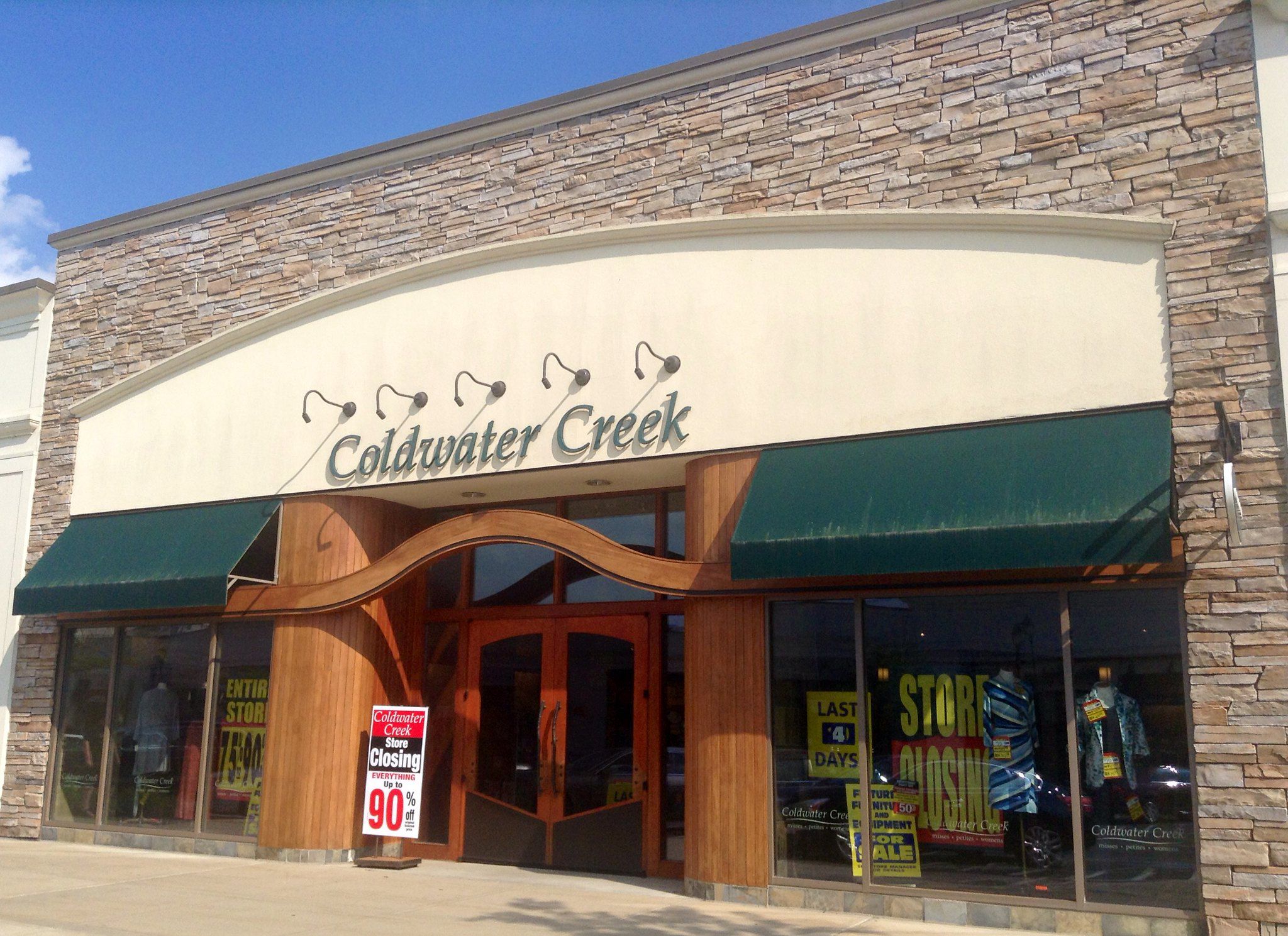
This women’s clothing retailer was once a staple at malls across the country, but it filed for bankruptcy in 2014 and said it would close all 365 of its stores. Under new ownership, it reopened a handful of stores in 2018, but closures related to the pandemic cut too deeply into profits, and those stores stayed dark as of mid-2020. It’s possible the chain may see yet another revival: It was purchased by a Hong Kong-based firm later in the year.
Virgin Megastores
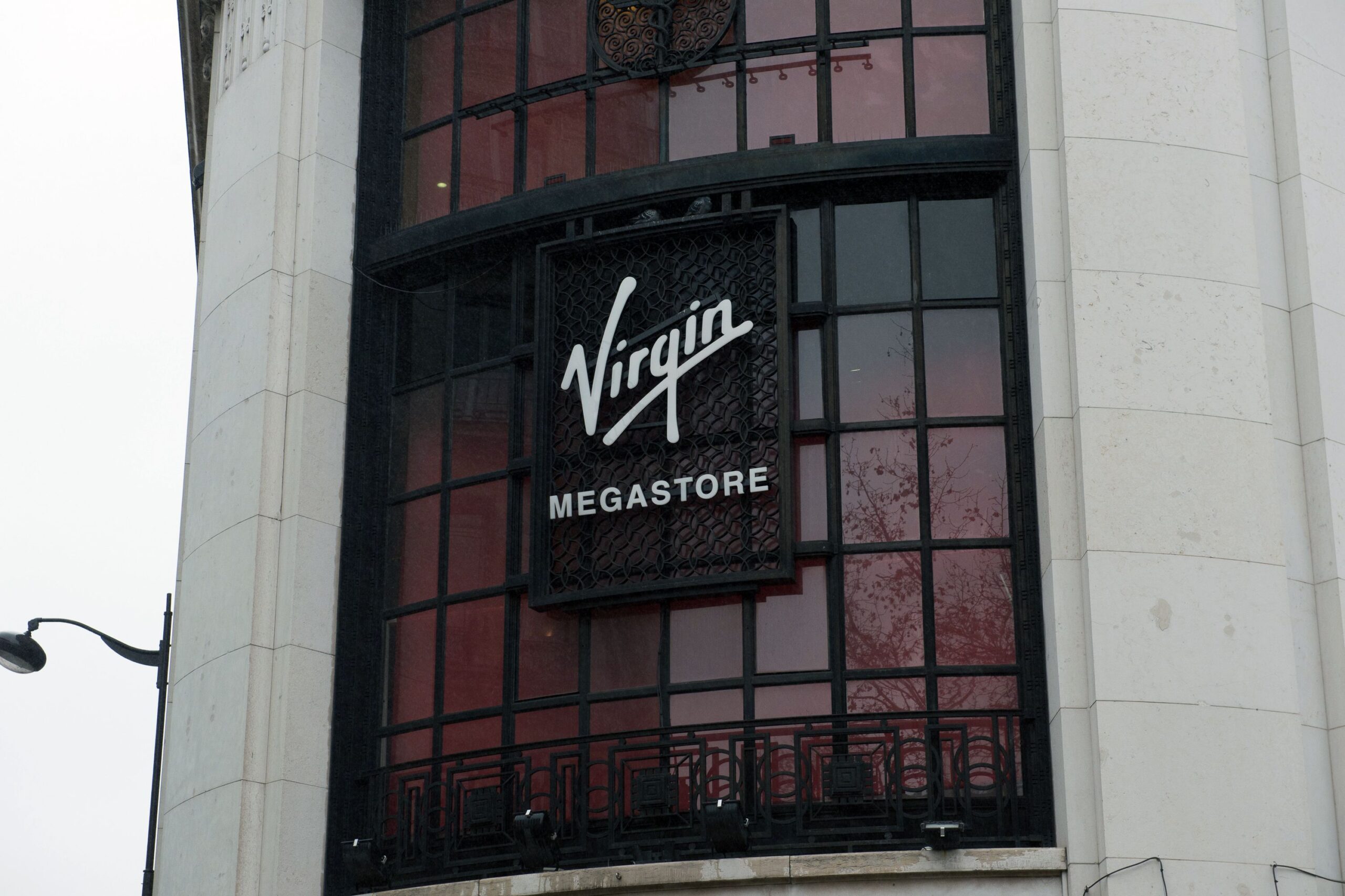
Virgin Megastores, which focused on CDs, books, and records, first opened in London in 1976. After expanding to hundreds of stores worldwide and later selling off various stores to other companies, it closed all locations in the U.K., U.S., and Australia by 2012. The stores are still open in the Middle East.
CompUSA
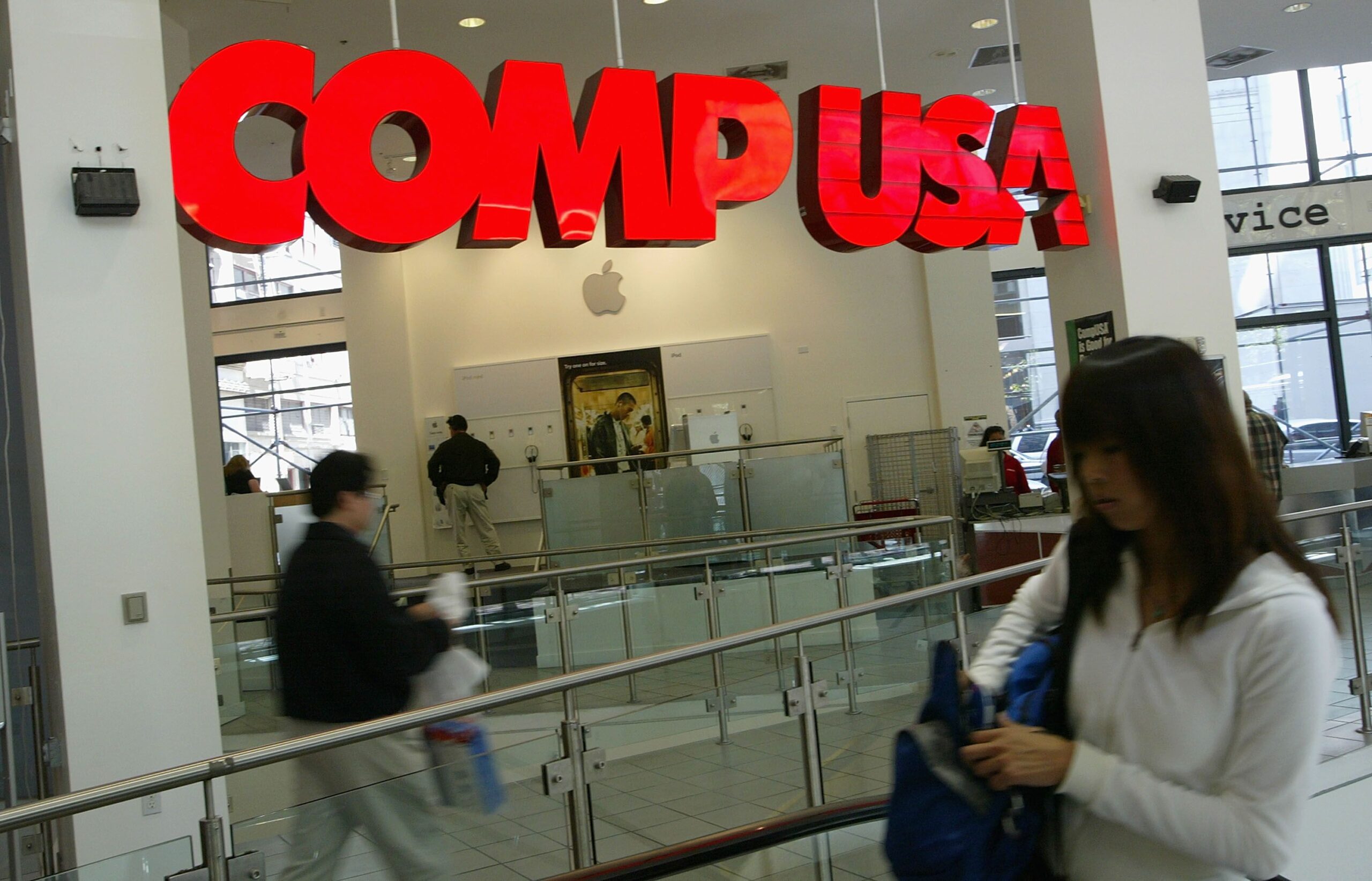
CompUSA, which sold computer hardware and software, was started in 1984 as Soft Warehouse in Texas. By 1991, the name had changed to CompUSA, and it became publicly traded on the New York Stock Exchange. But after a series of liquidations and ownership changes, CompUSA was consolidated under TigerDirect, its parent company, in 2012.
Fashion Bug
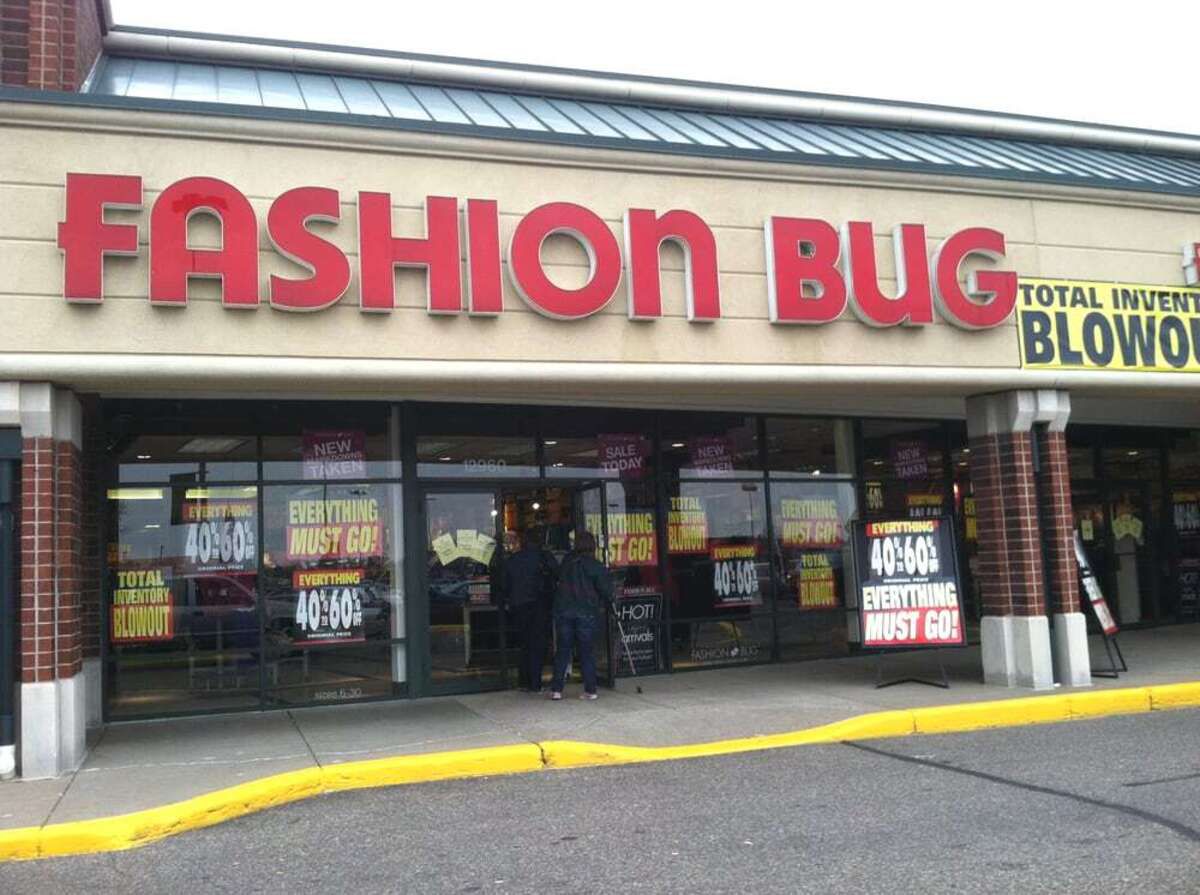
This budget-friendly women’s apparel retailer used to be a familiar sight at strip malls across the country and had more than 1,200 stores at its peak in the late ’90s. In 2012, stores were closed after Ascena Retail Group, best known today for its brands Ann Taylor, Loft, and Lane Bryant, bought Fashion Bug’s parent company, Charming Shoppes.
Filene’s Basement
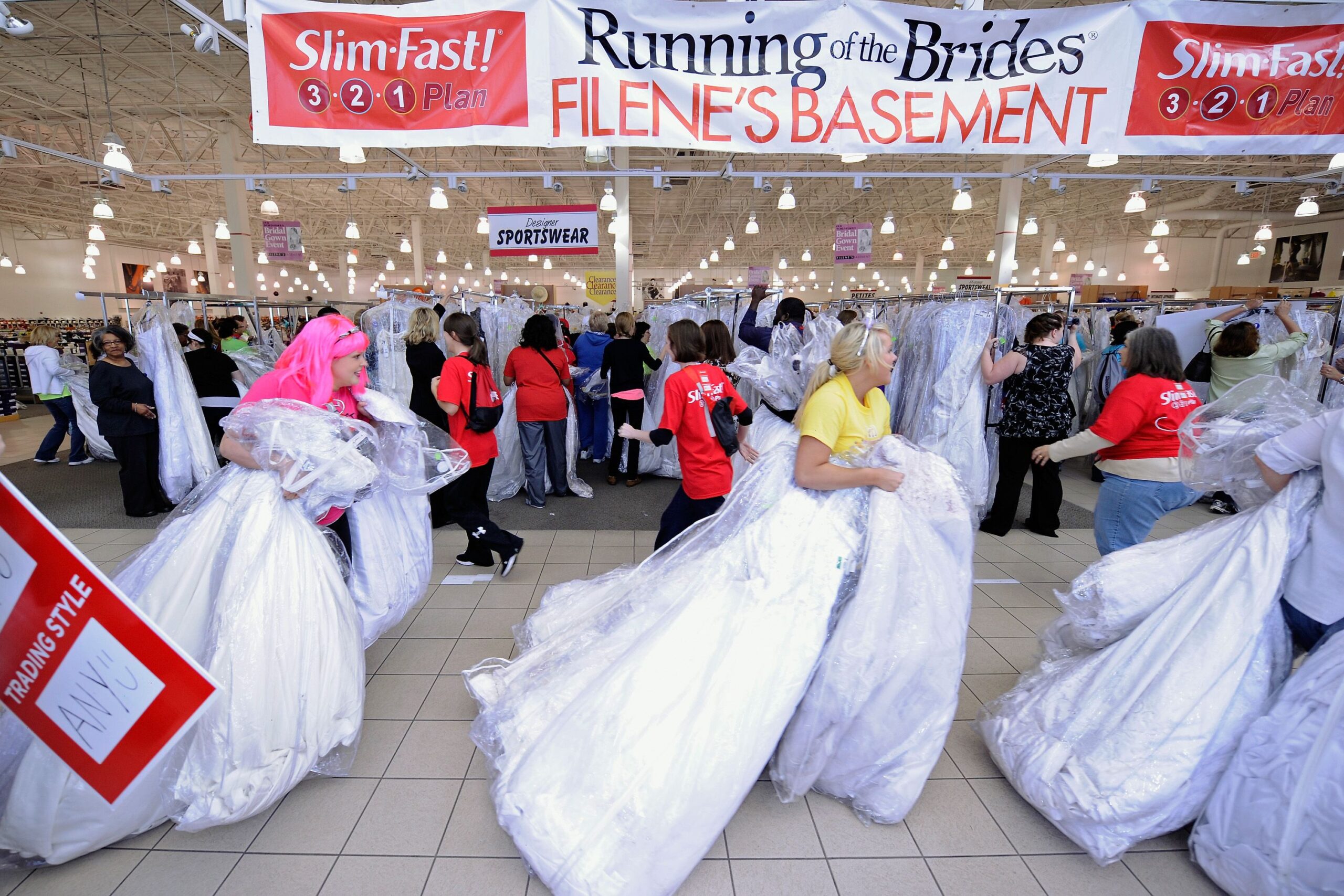
Filene’s Basement was once the oldest off-price retailer in the country, known for its high-end goods and automatic markdown system. In 2009, after the economic crisis, it was sold by Retail Ventures to Buxbaum Group, which then filed for bankruptcy. It then was sold to Syms Corp., which filed for bankruptcy and held a liquidation sale. By the end of 2011, all Filene’s Basement stores were closed permanently.
Borders Books
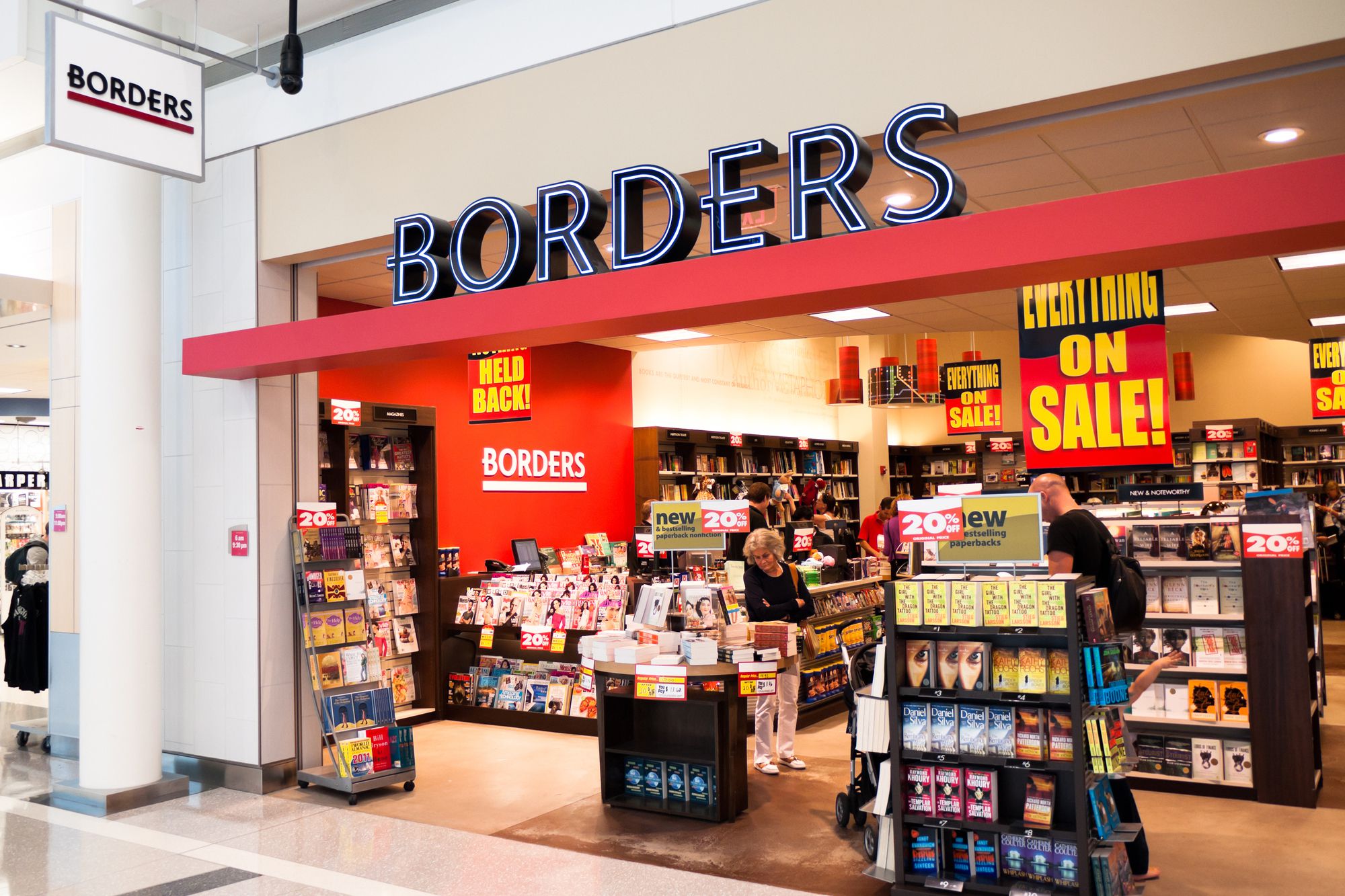
Thanks to slowing sales and mounting debts, Borders Books closed all of its U.S. stores by 2011. Its online store, also on its last legs, allowed customers to browse books, but then sent buyers to Barnes & Noble to complete their checkout. The closures also spelled the end for Waldenbooks, which had been merged with Borders years earlier.
Blockbuster
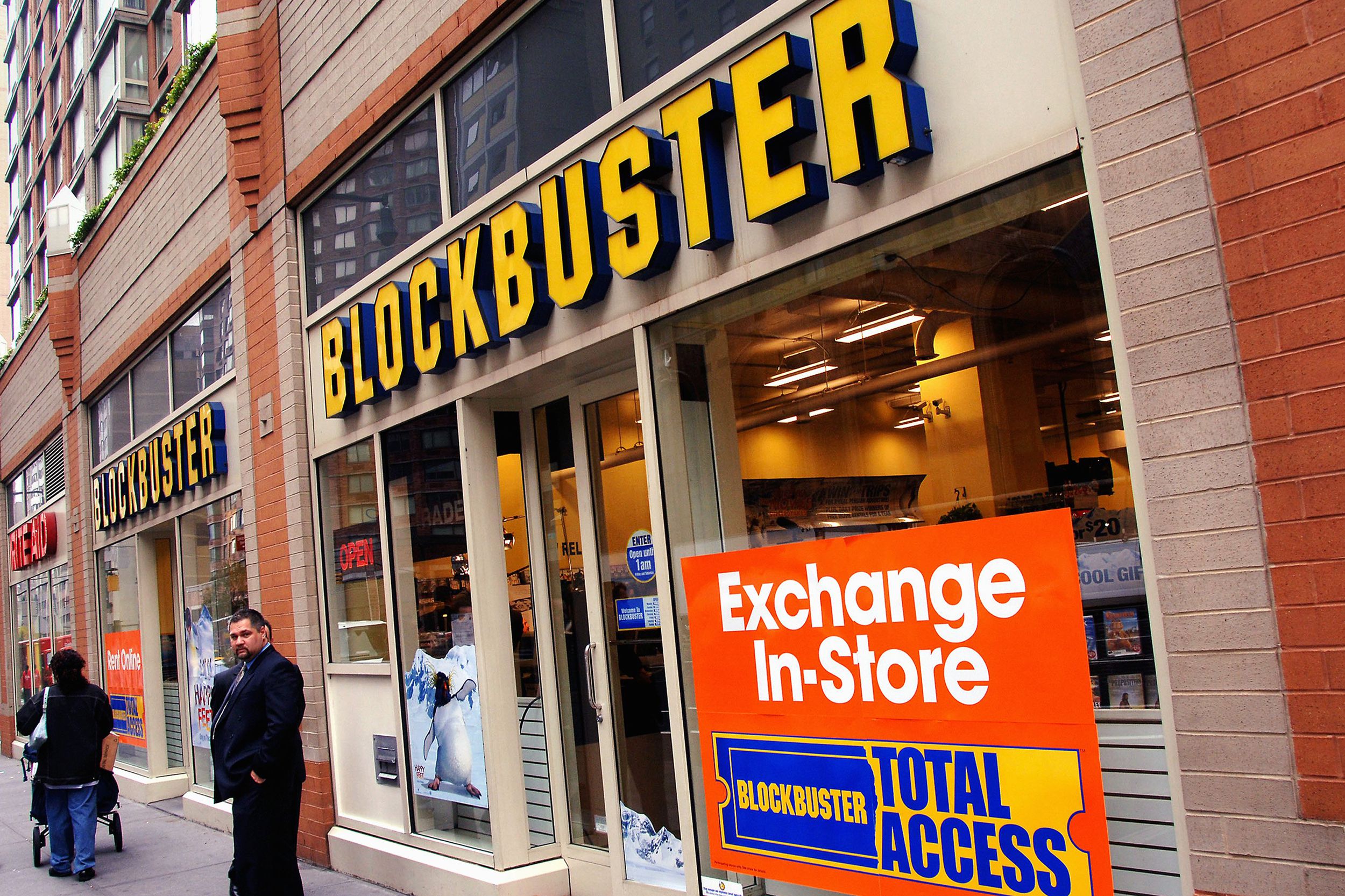
Technically, Blockbuster hasn’t disappeared — there is one lone store left in Bend, Oregon, which operates a popular Twitter account. Largely thanks to competition from Netflix, Blockbuster filed for bankruptcy in 2010 and closed the majority of its remaining locations between November 2013 and January 2014. A handful of locations managed to hang on in the years that followed, but the Oregon store is the last holdout.
Woolworth Co.
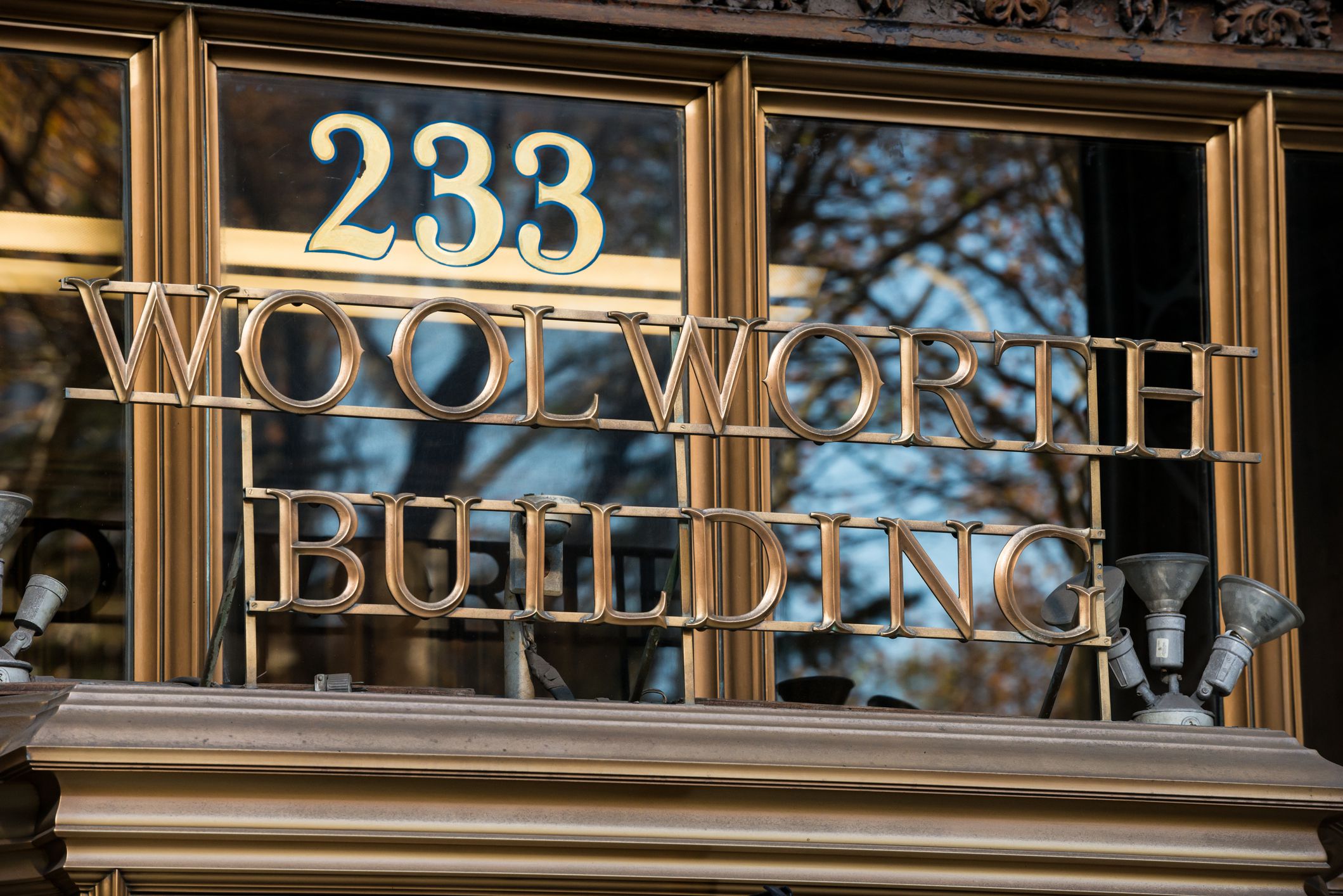
Woolworth grew from a small, five-cent store in the late 19th century to a multinational corporation with over 8,000 locations. And yet, even Woolworth succumbed to the difficulties of capitalist competition, in part because discounters like Kmart were eating into its profits. By the 1980s, the company relied less on its historic brand and more on acquisitions like the Foot Locker. Although no bricks-and-mortar Woolworth stores remain in the U.S. — the final stores were shuttered in 1997 — it has continued operations as Foot Locker, Inc.
See Which Other Big Brands Didn’t Survive the Shifting Economy

- Carter’s Closing 150 Stores and Laying Off 300, Citing Tariffs — After decades of dressing kids, Carter’s is shuttering 150 stores and cutting 300 jobs as rising import tariffs and uncertain trade policy bite into its growth prospects.
- Winn-Dixie to Close or Sell Over 30 Stores as Company Rebrands — In a strategic pivot, Winn‑Dixie is winding down or selling more than 30 stores and rebranding under a new name to refocus on its Florida roots and escape nationwide over-expansion.
- Companies That Have Filed for Bankruptcy During the Pandemic— From department stores to dining chains, this roundup shows how the pandemic and its ripple effects pushed numerous well-known companies into bankruptcy, and reveals which ones might be next.
